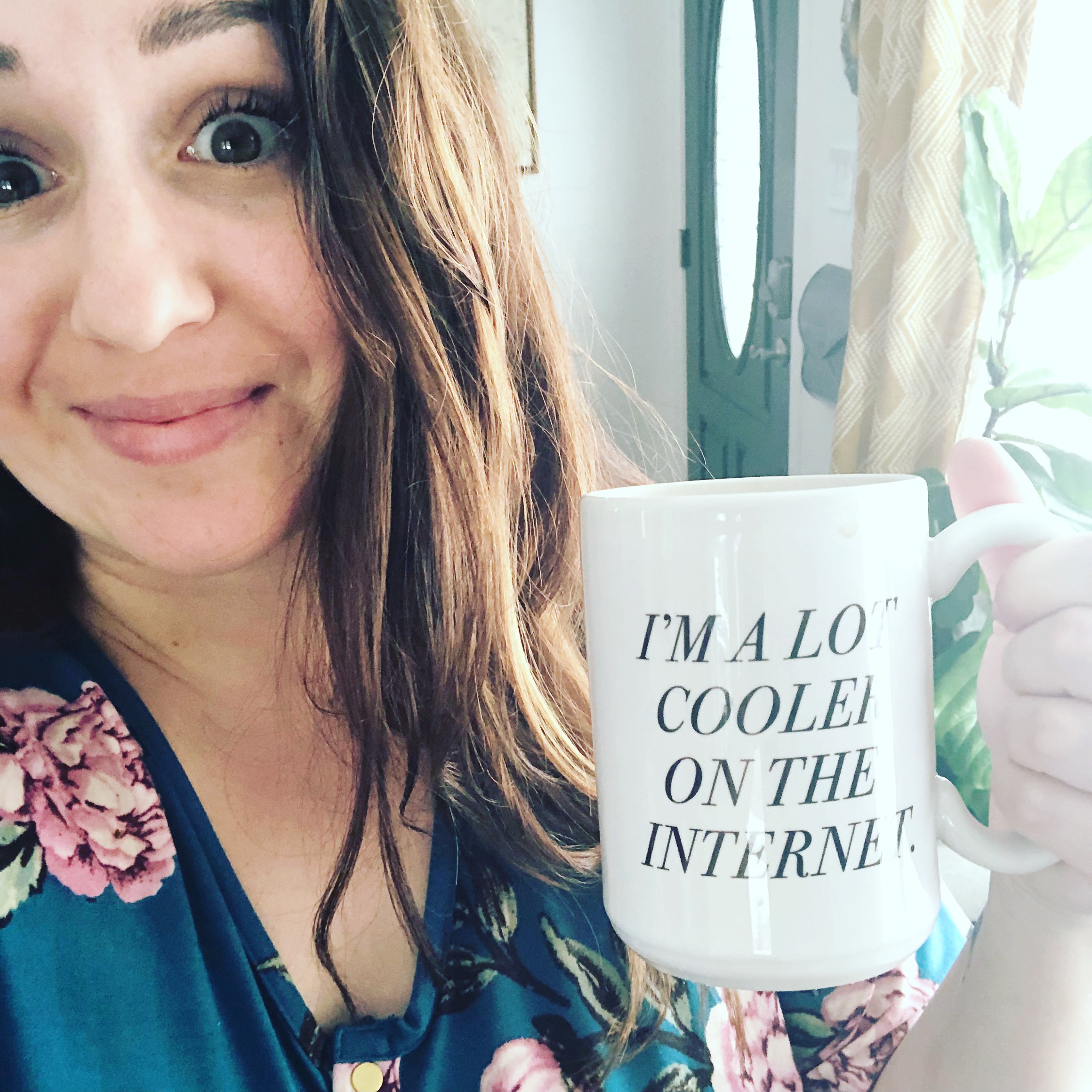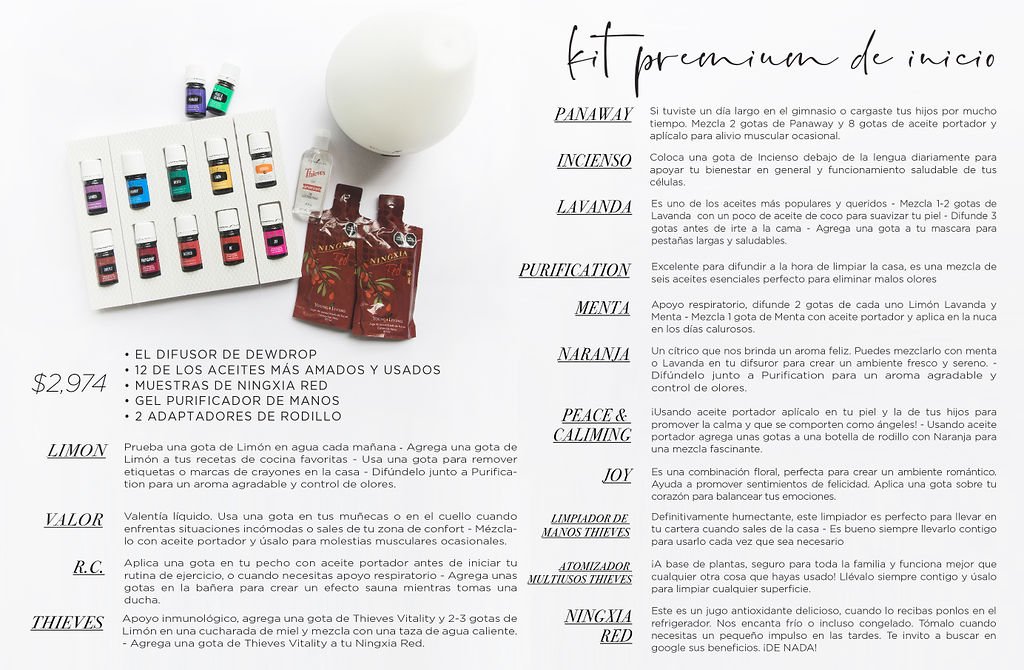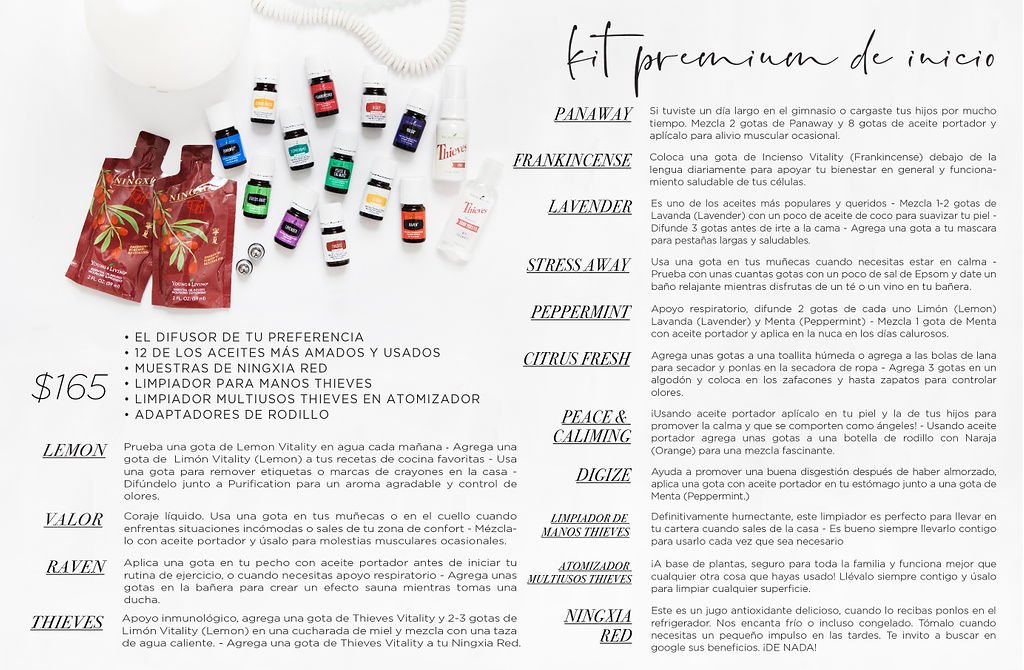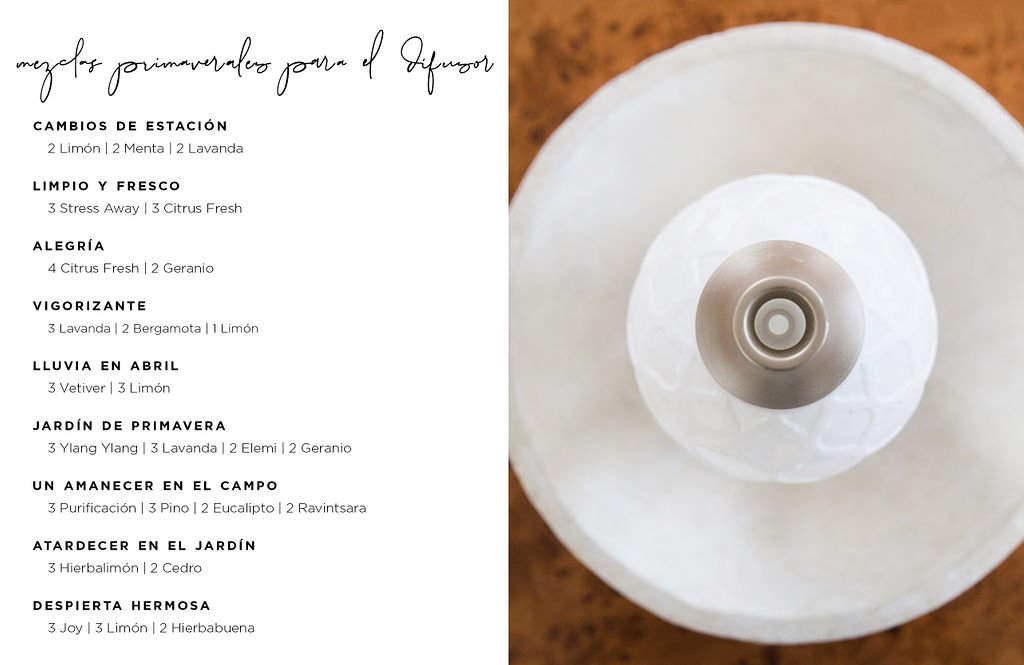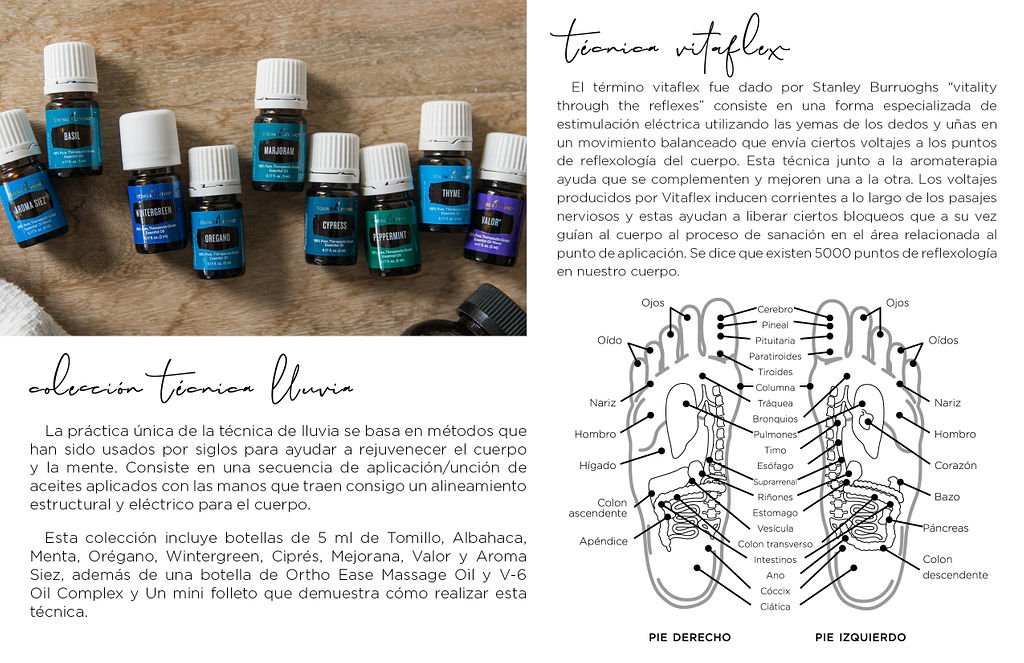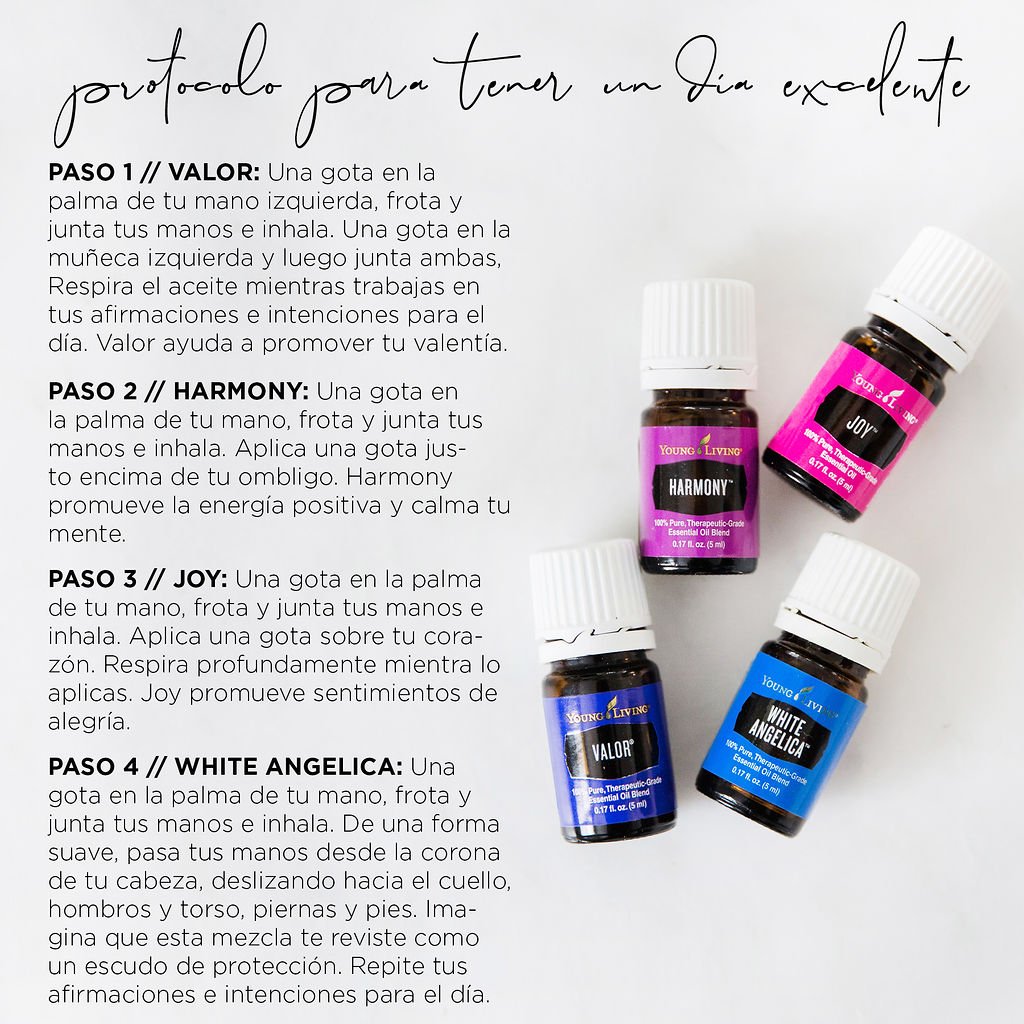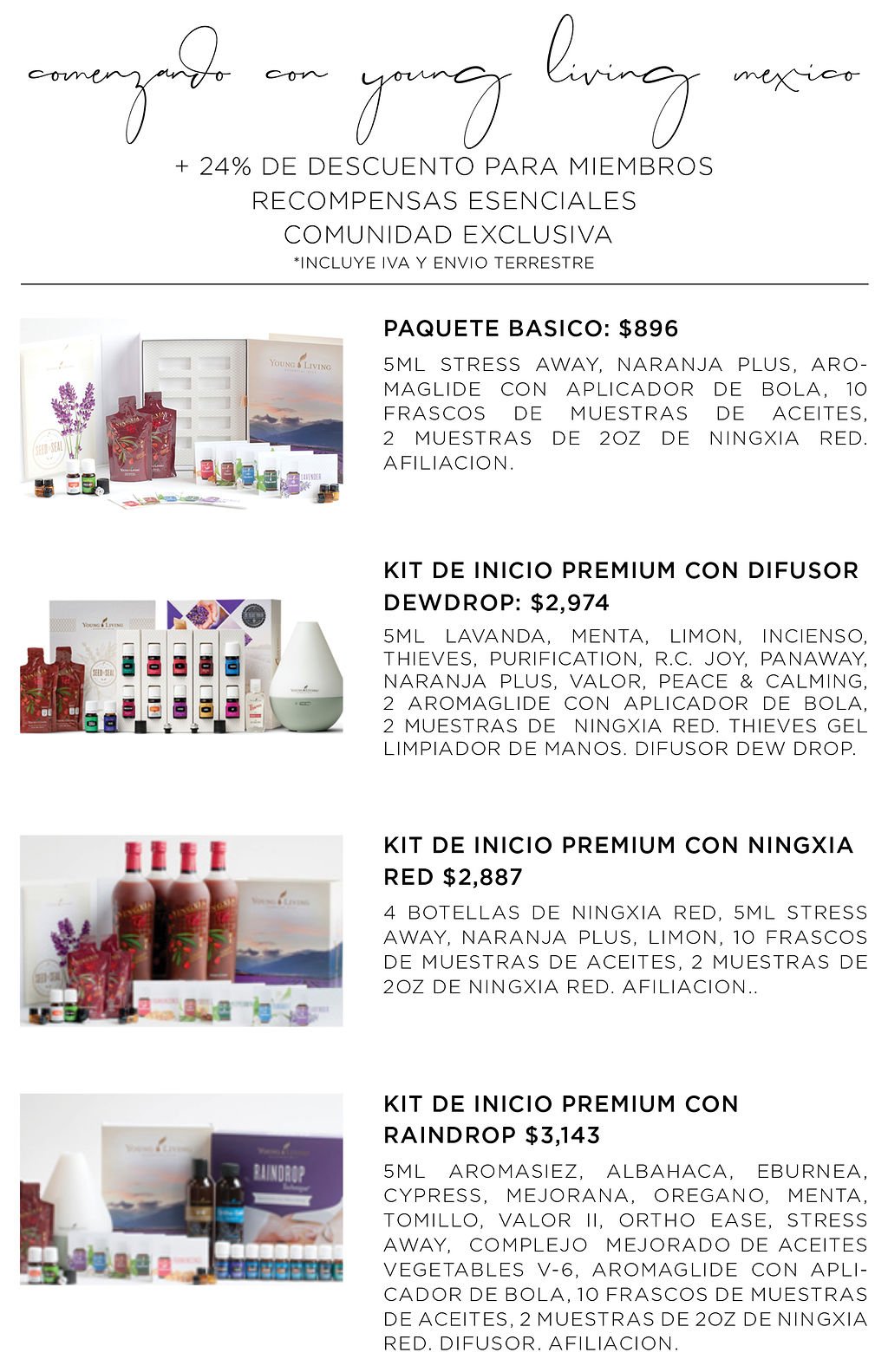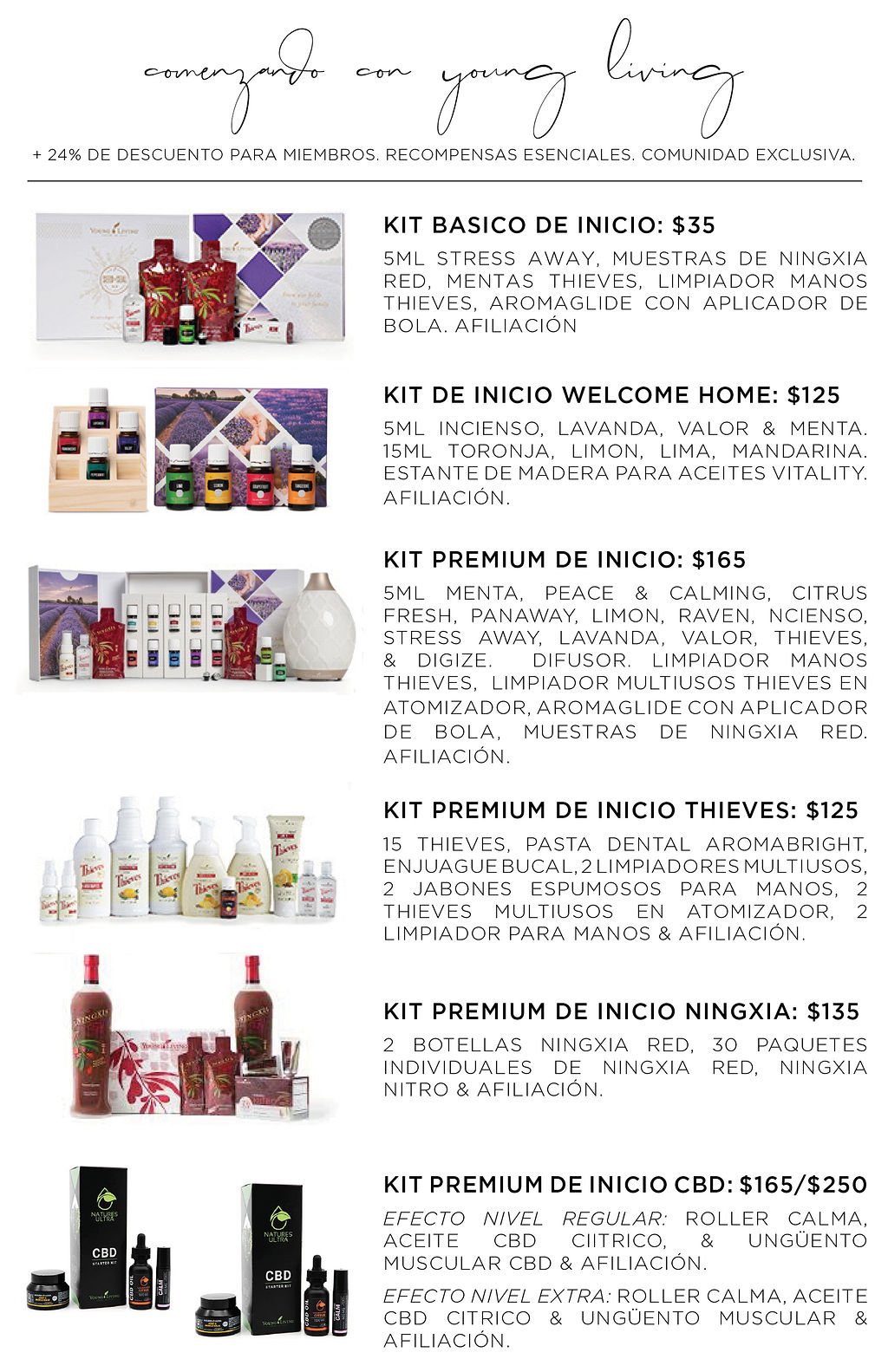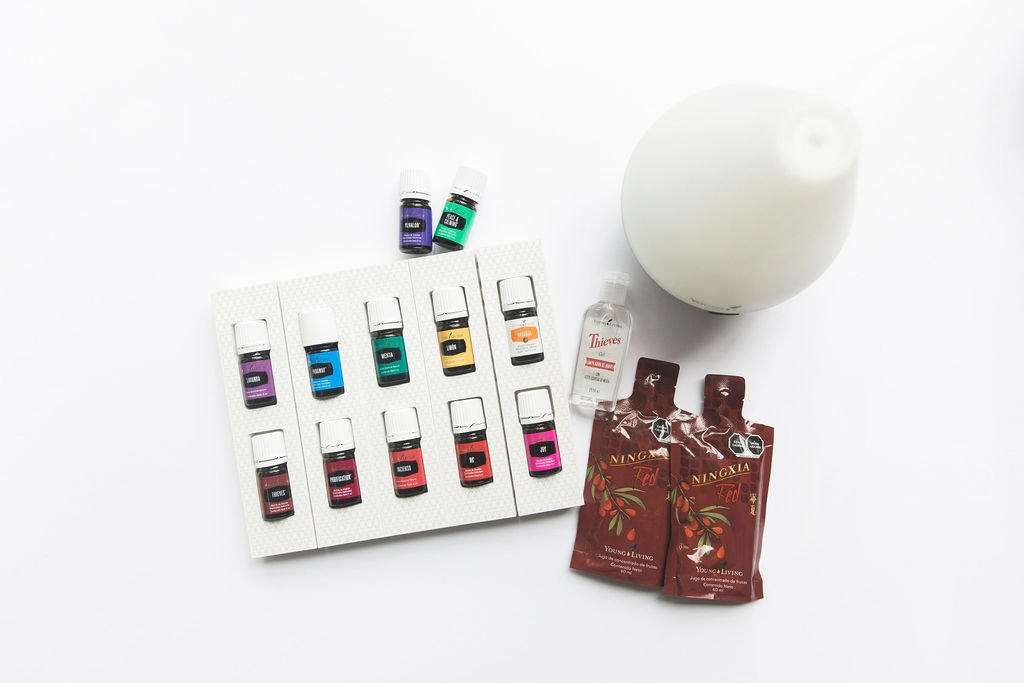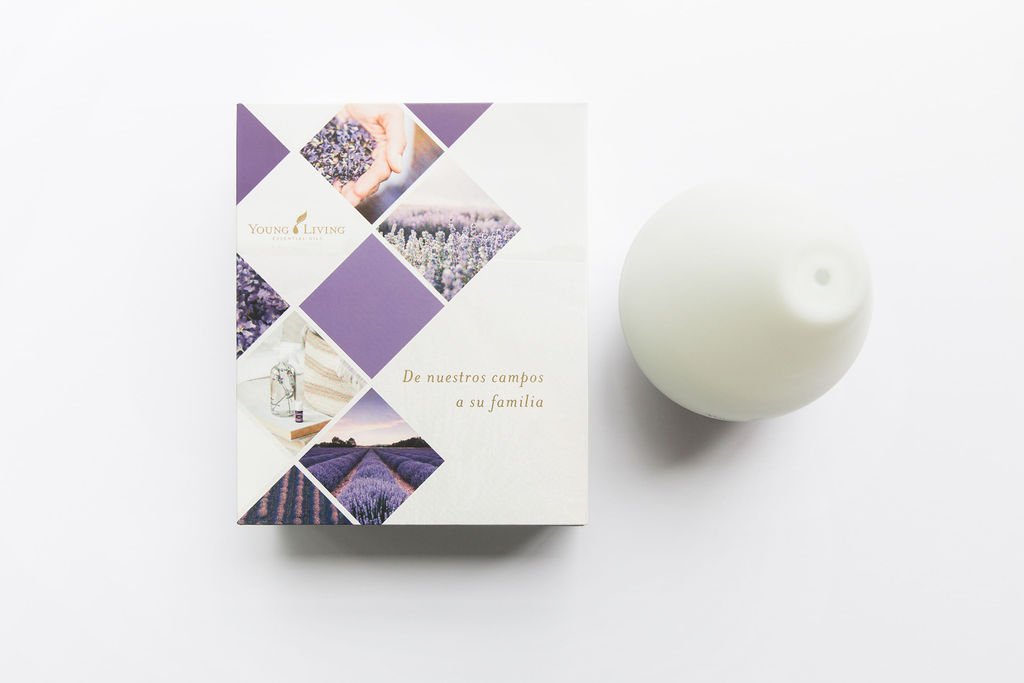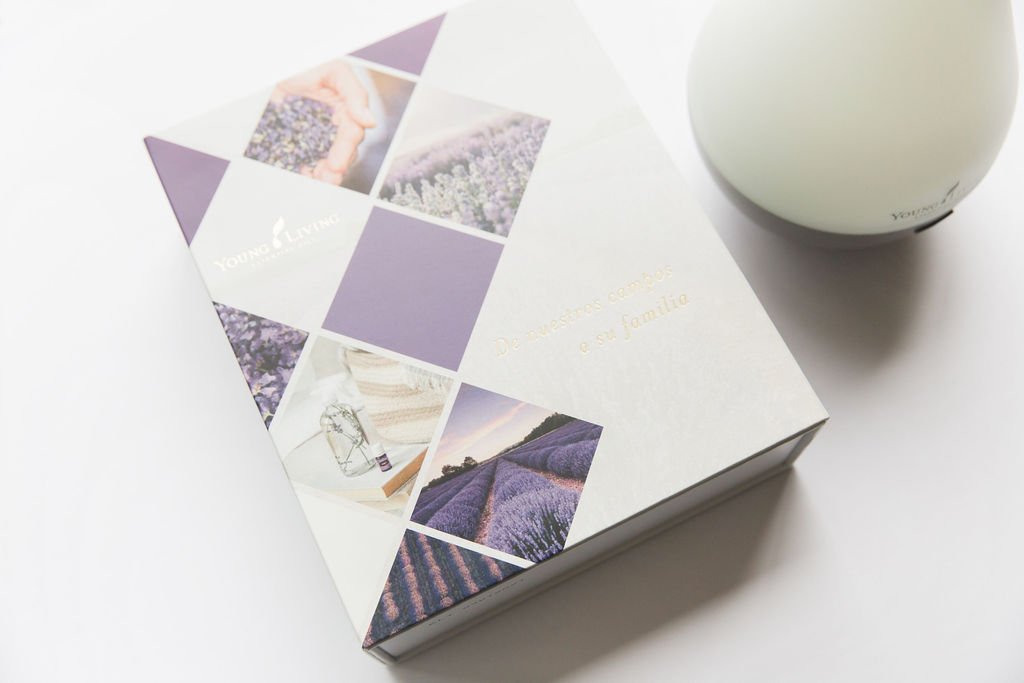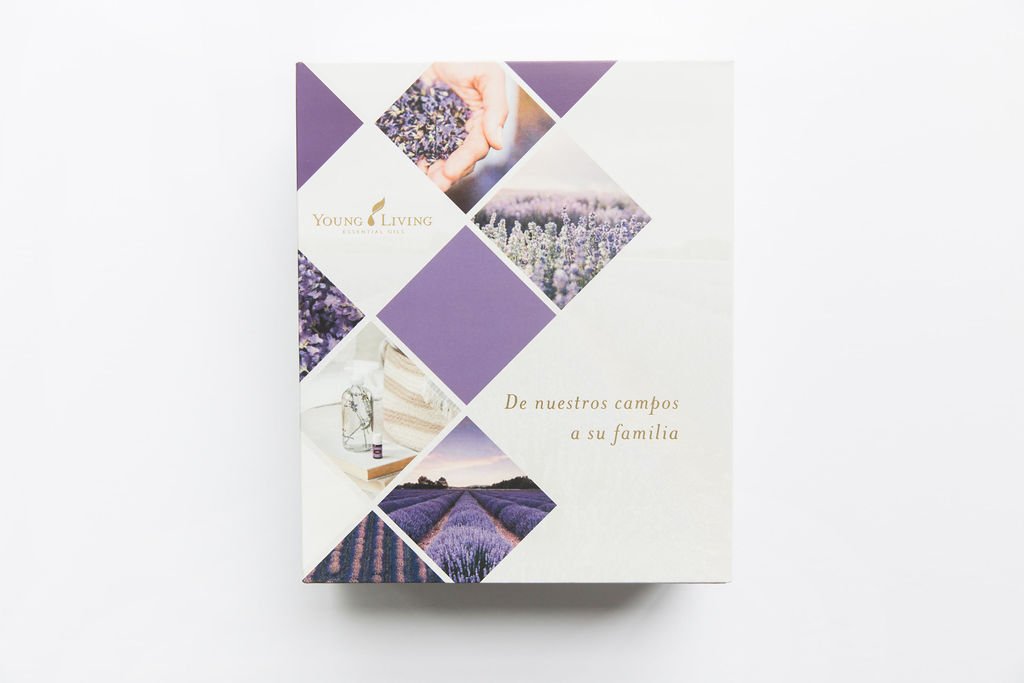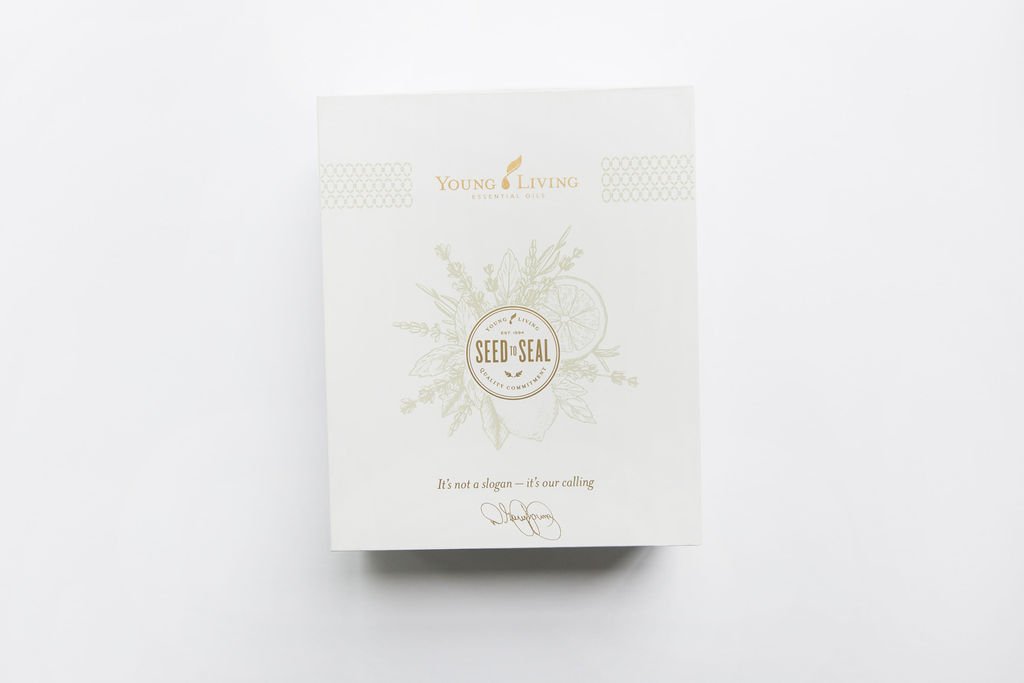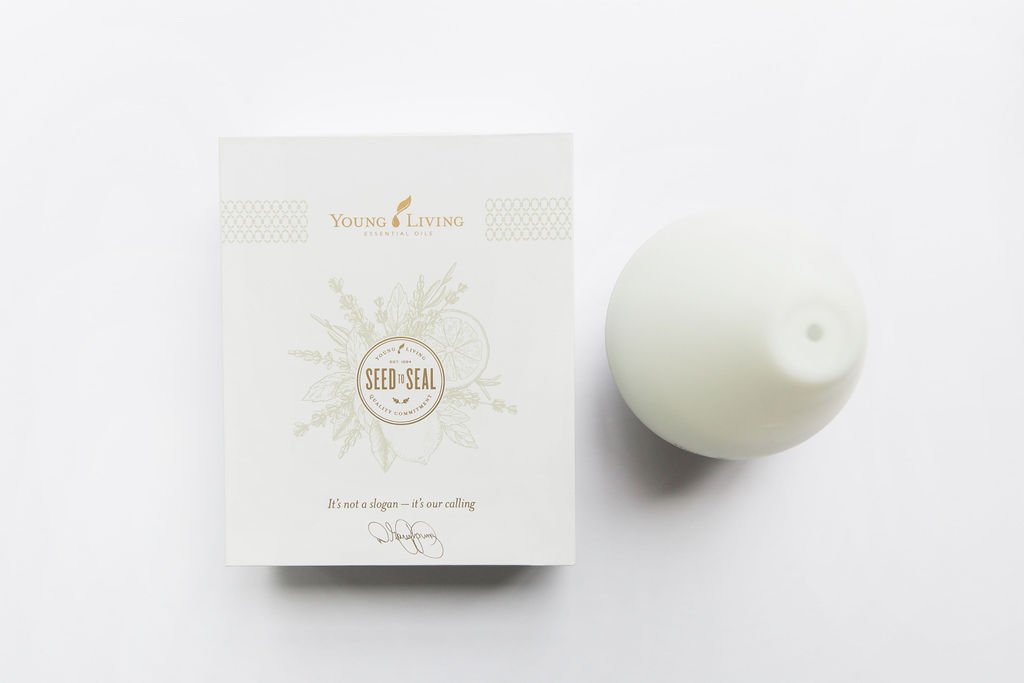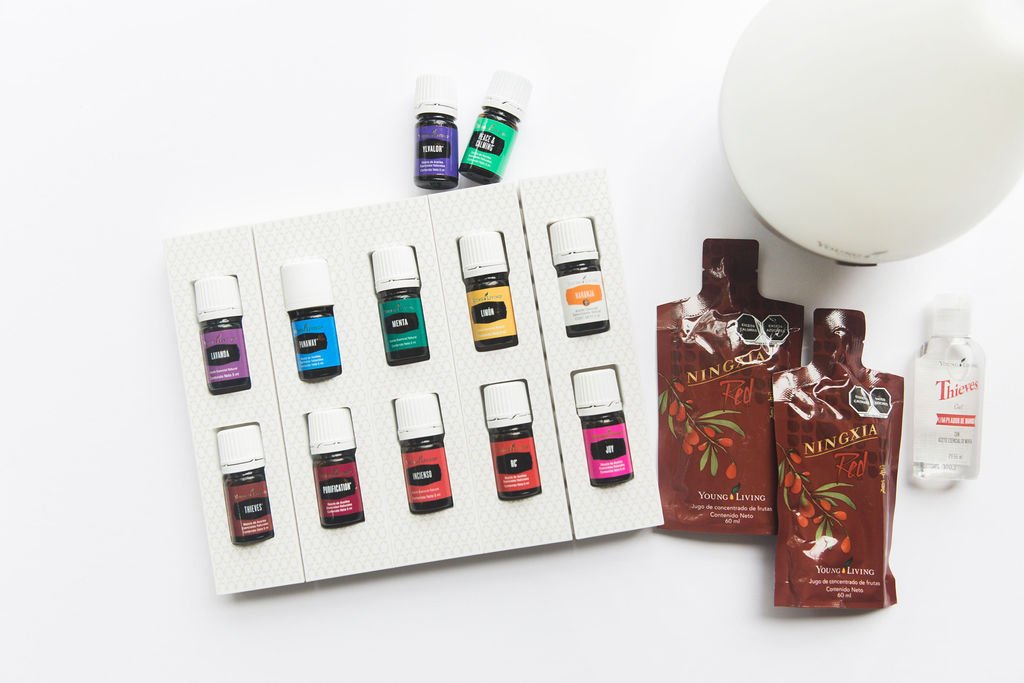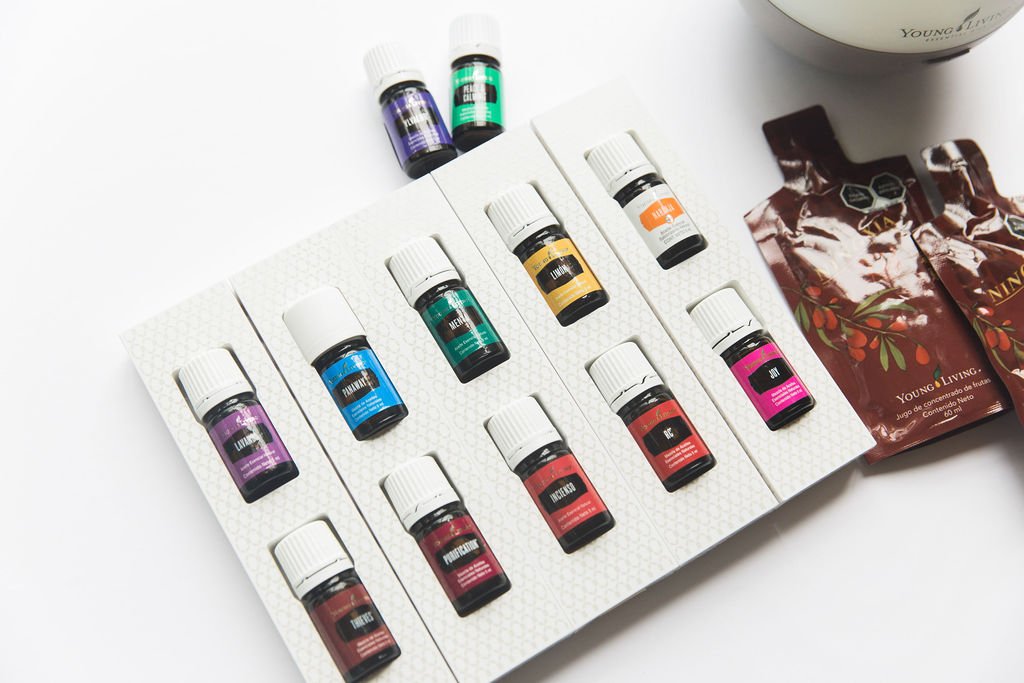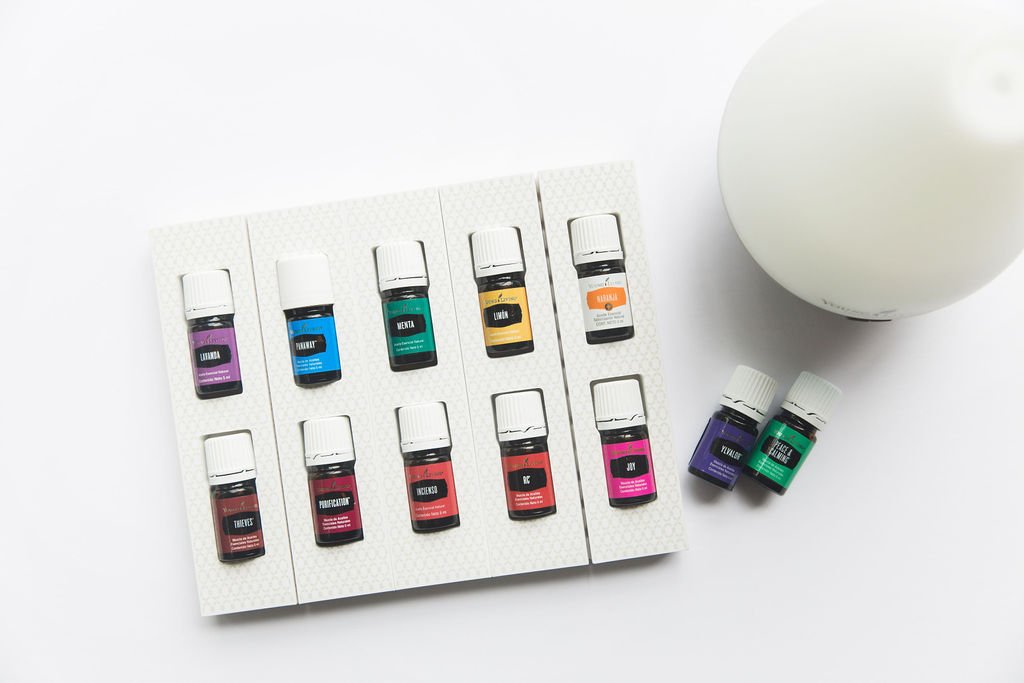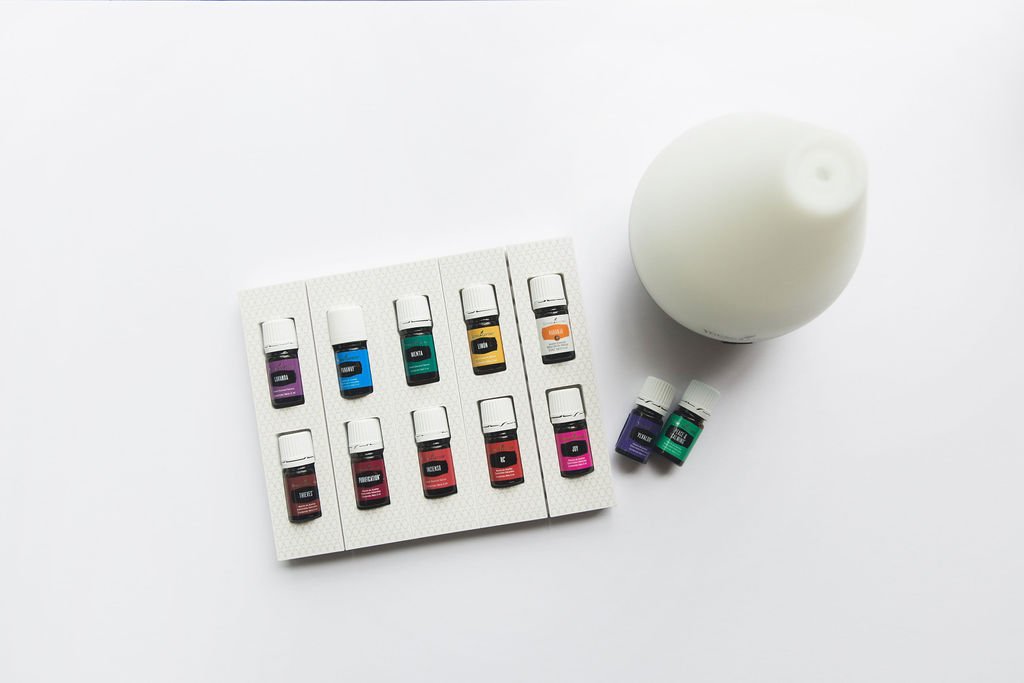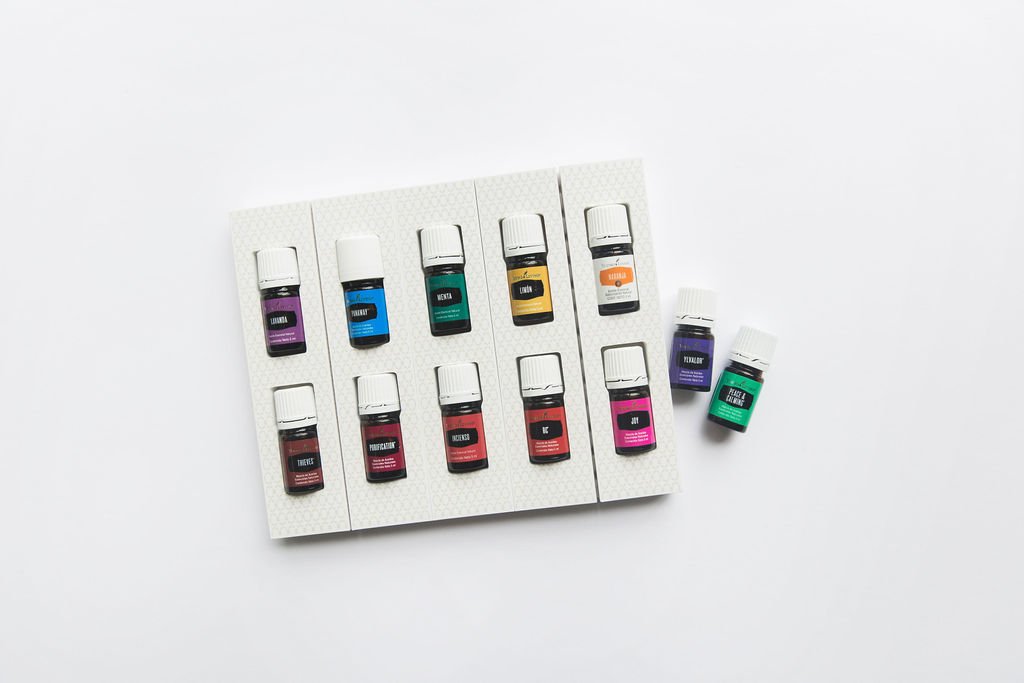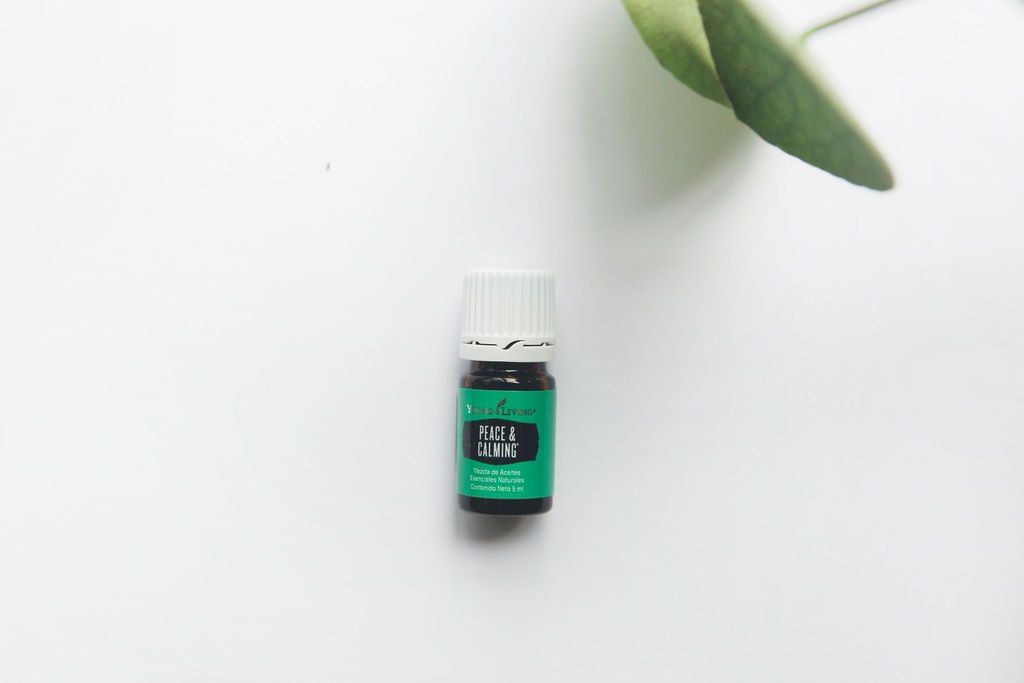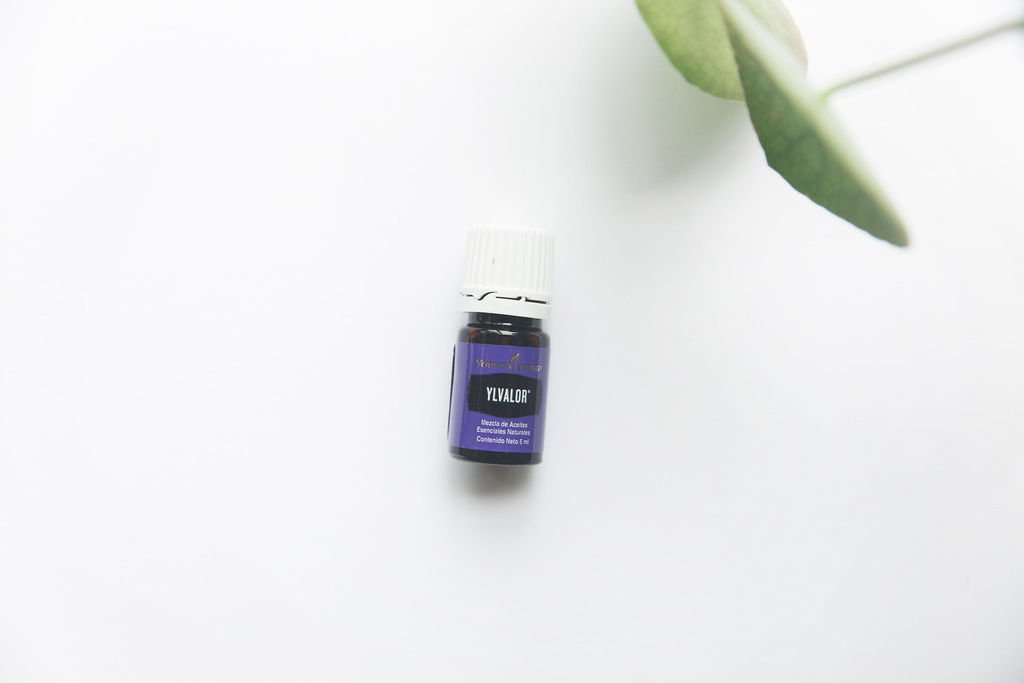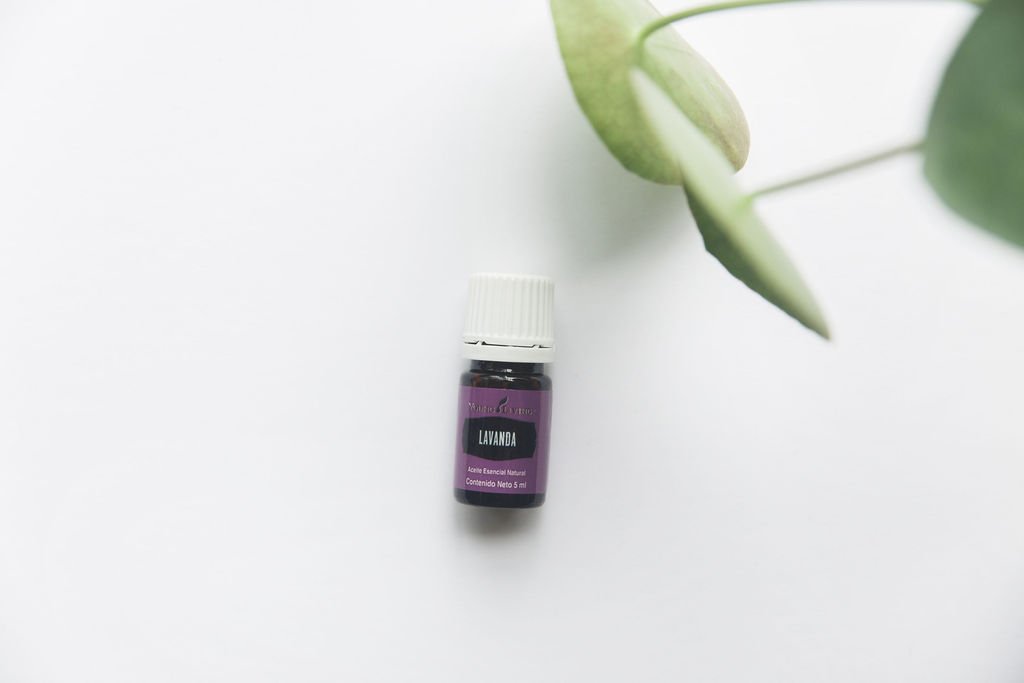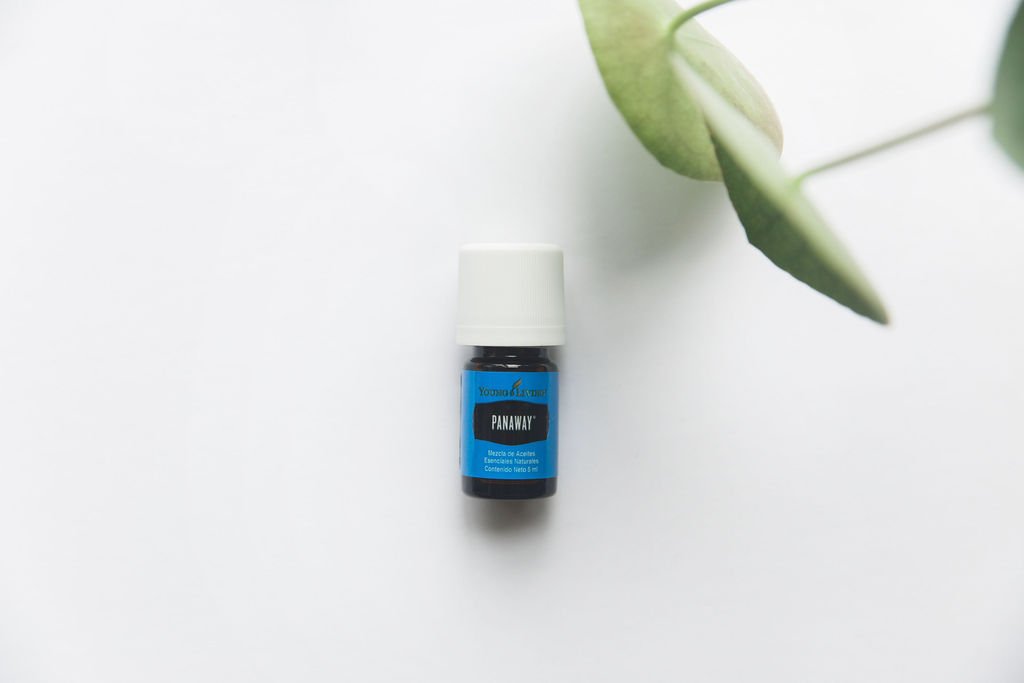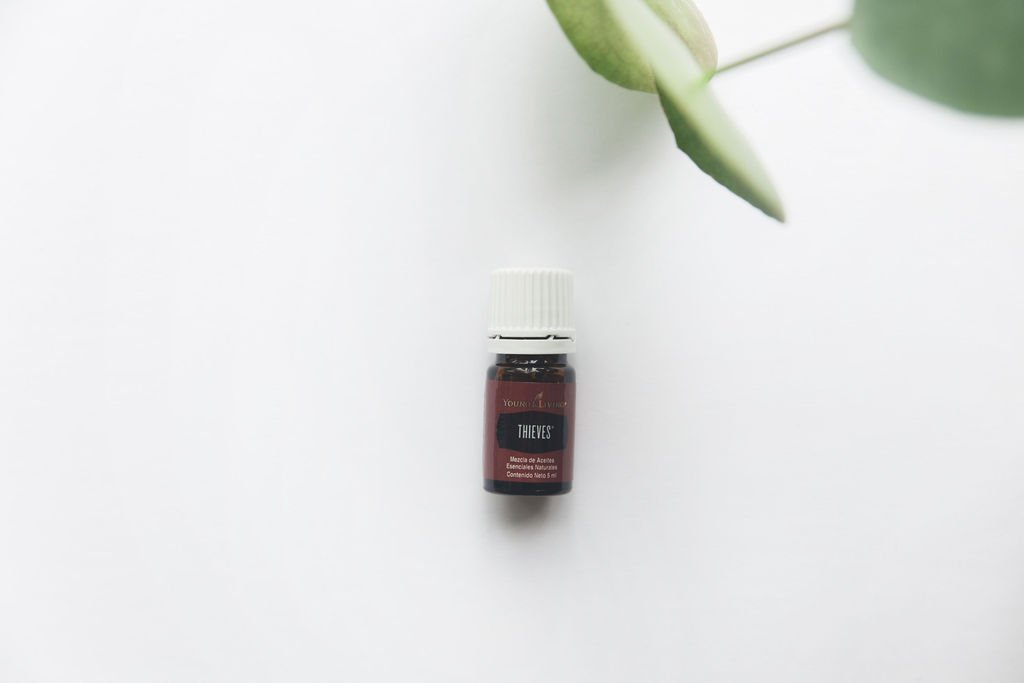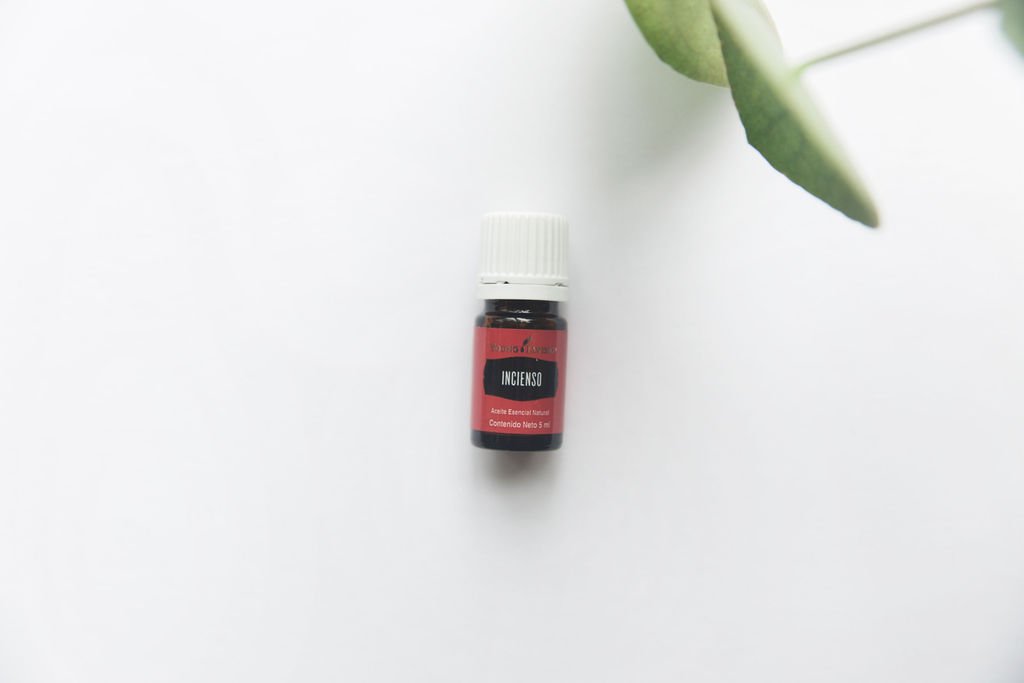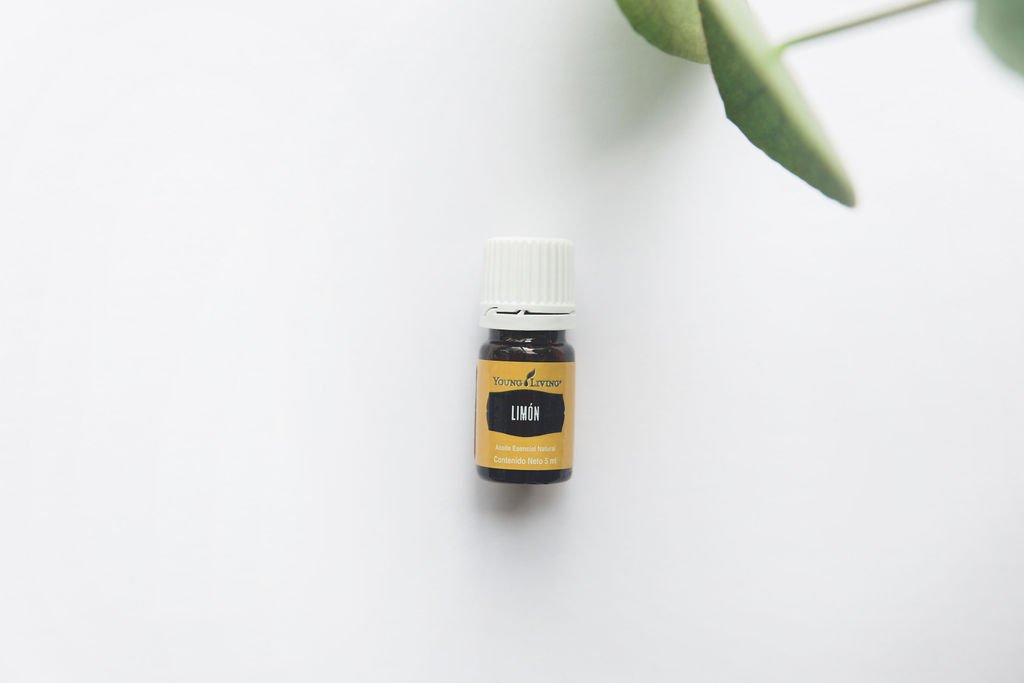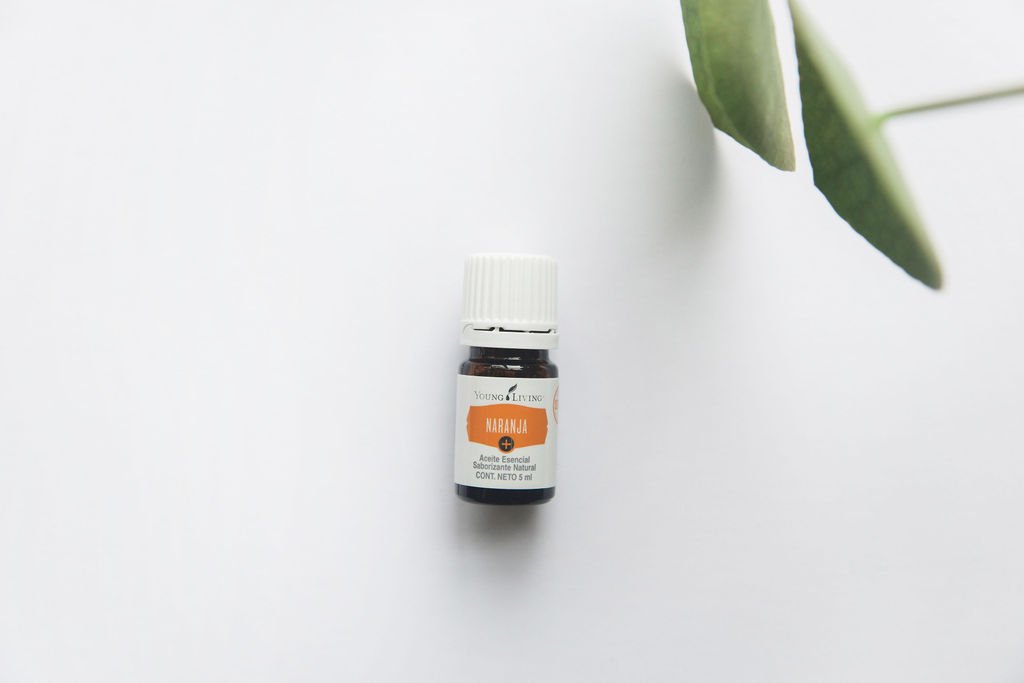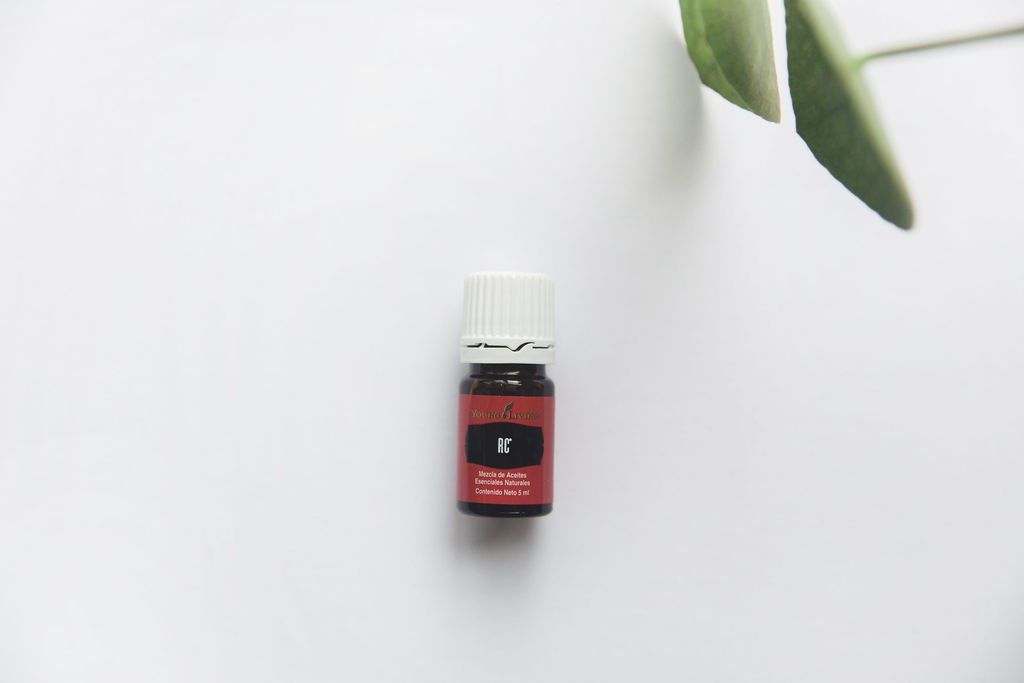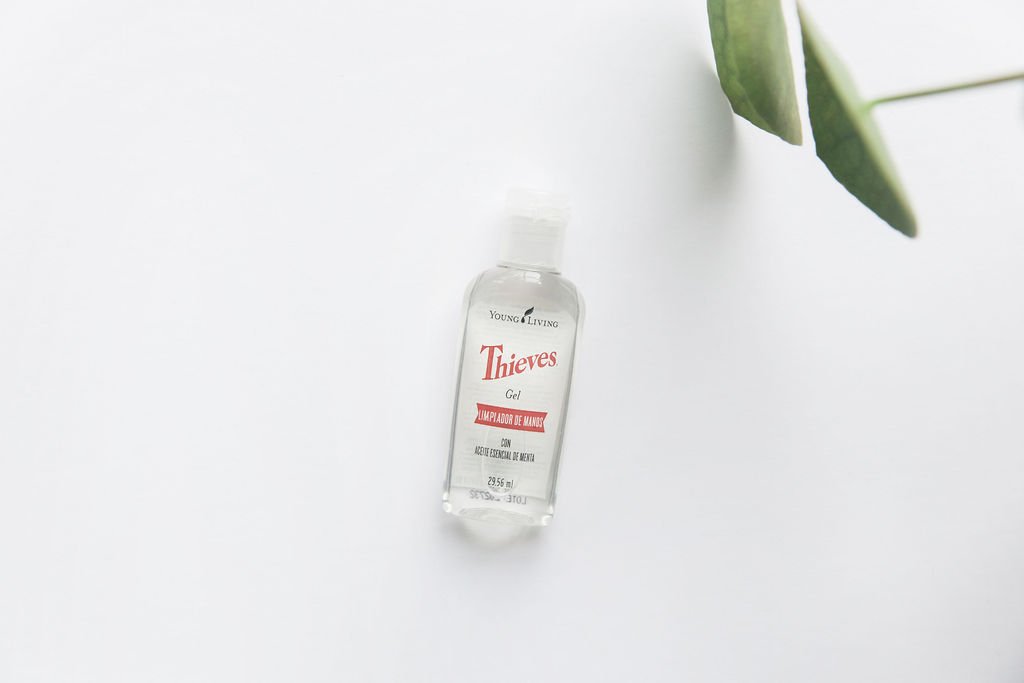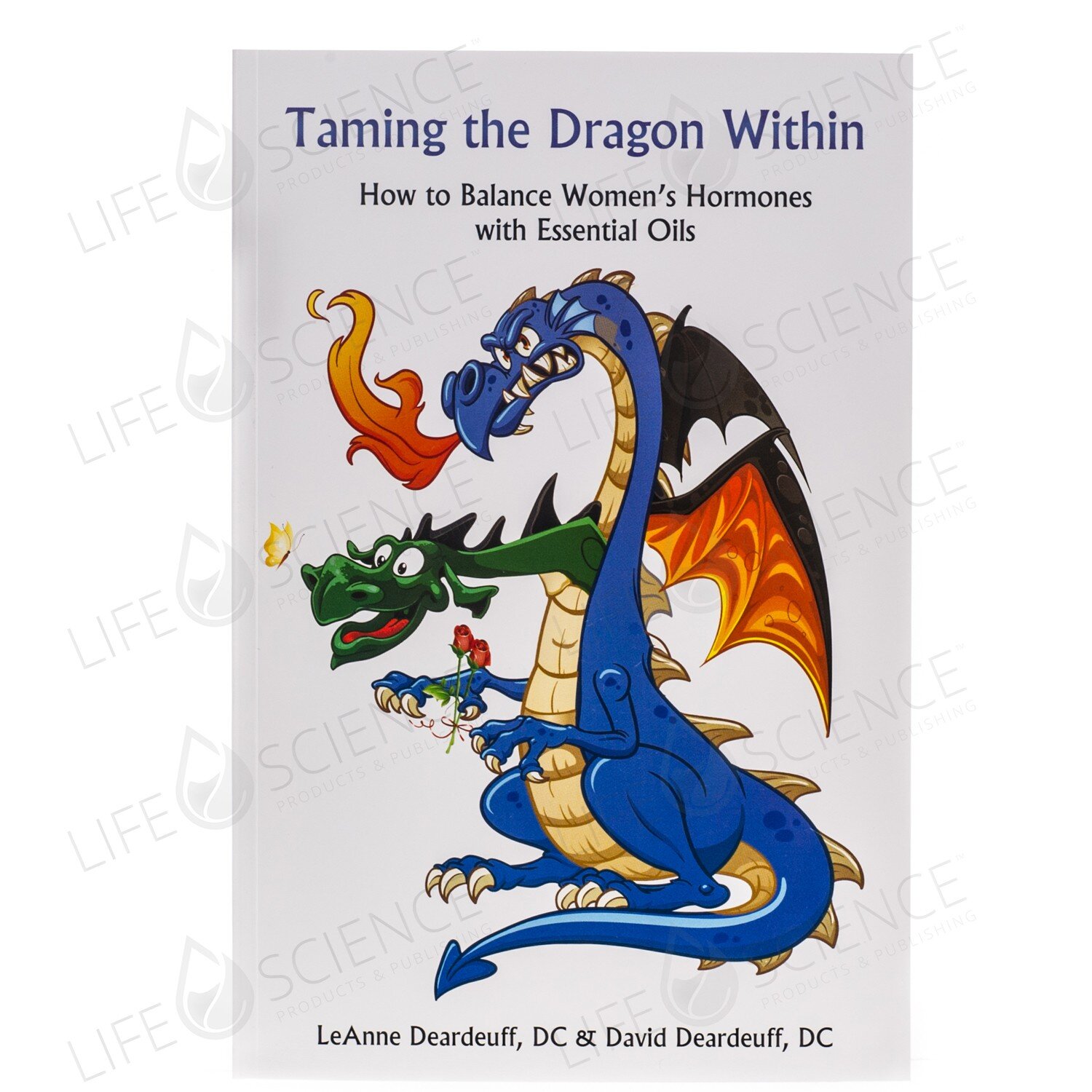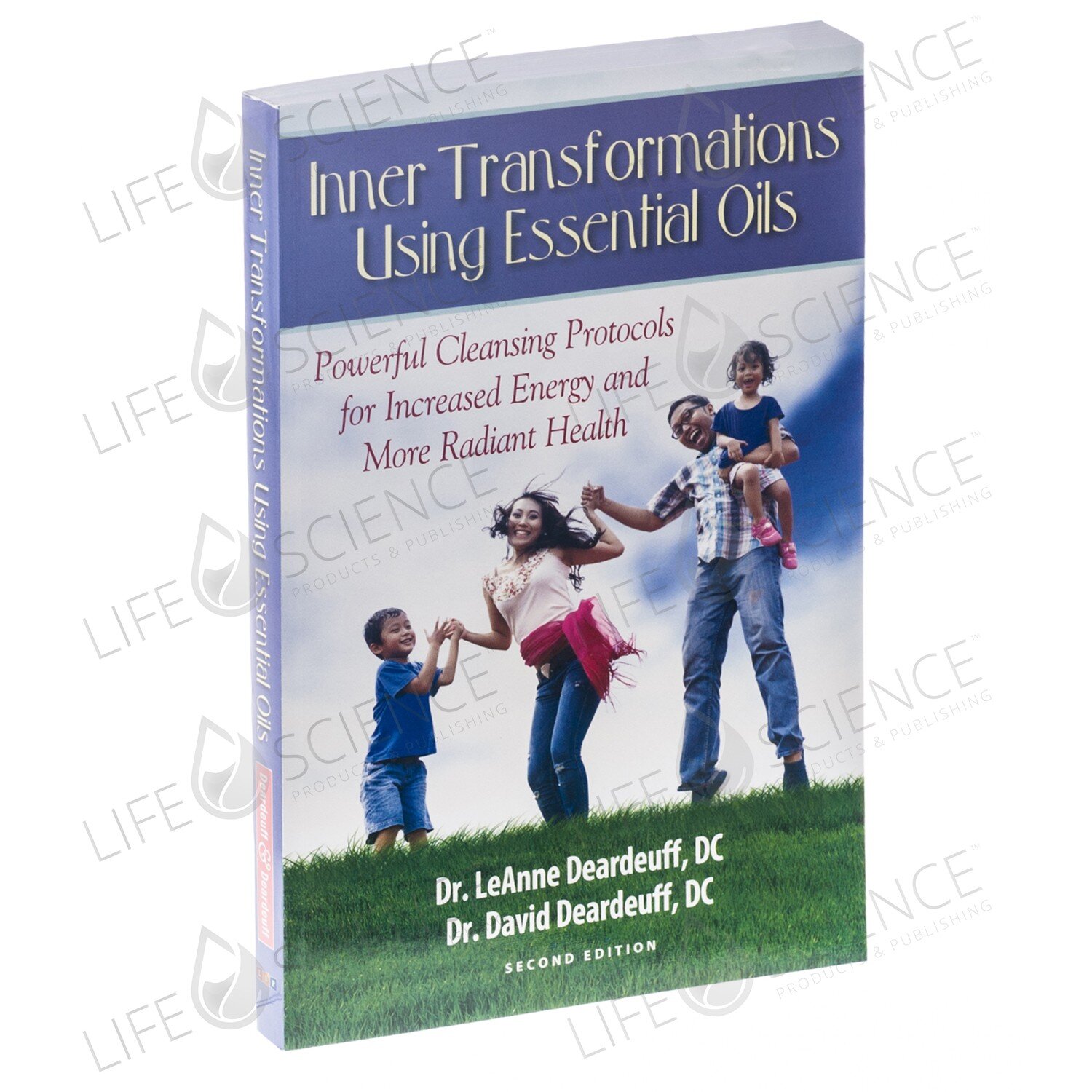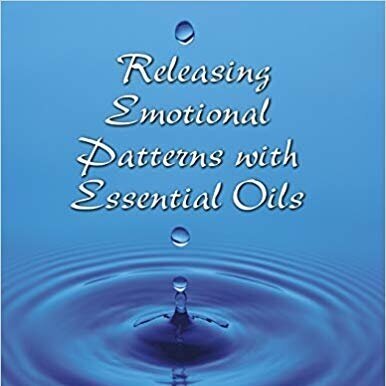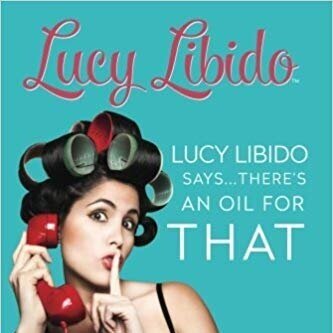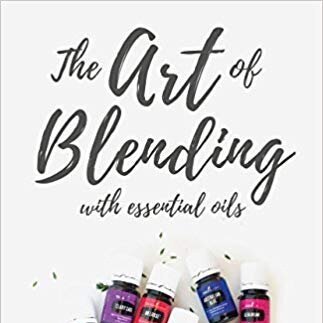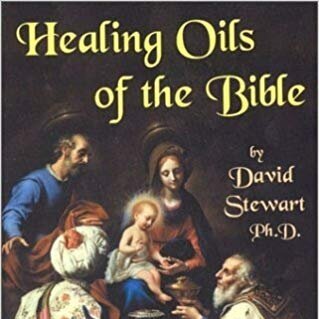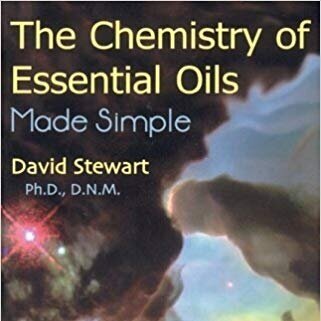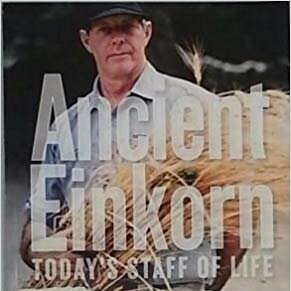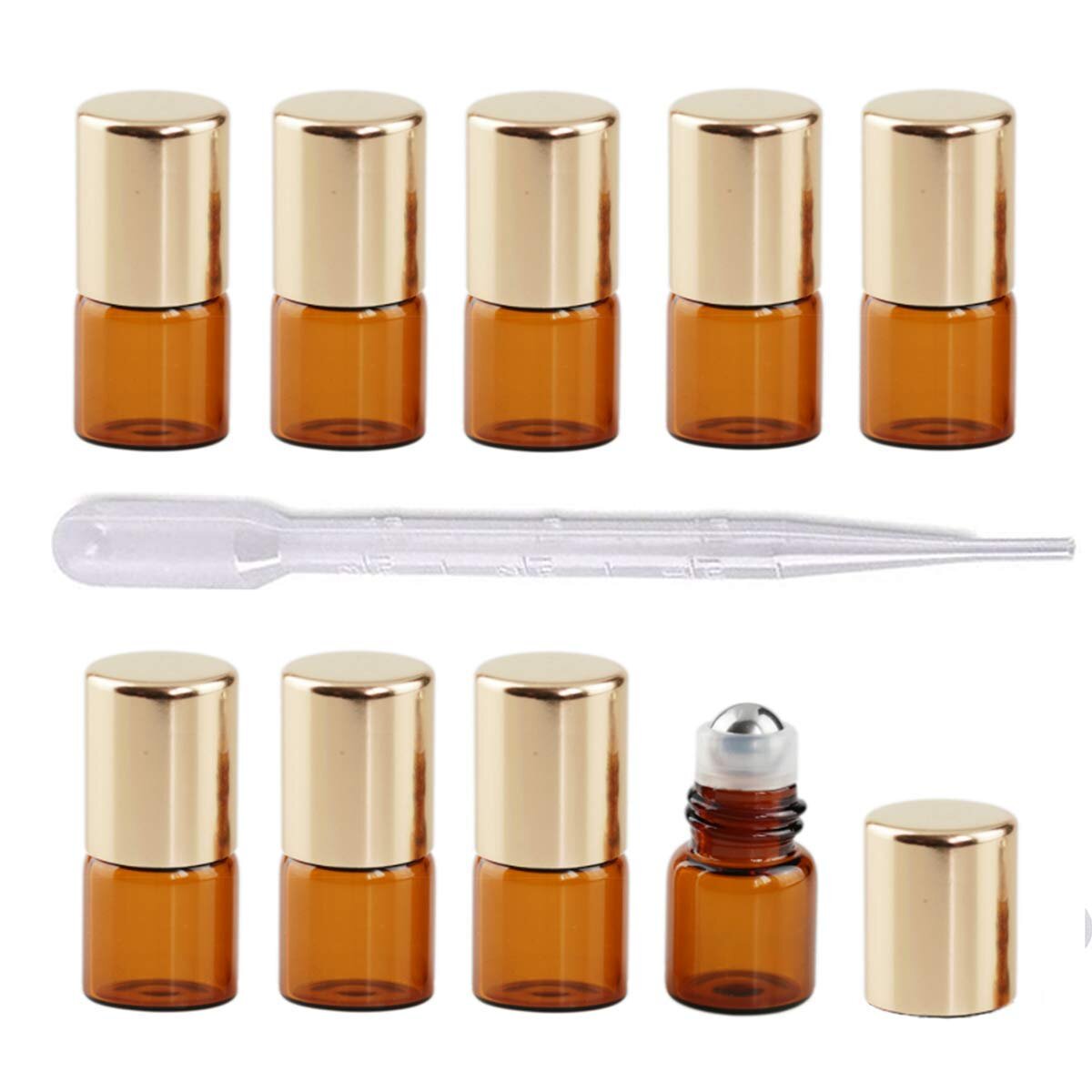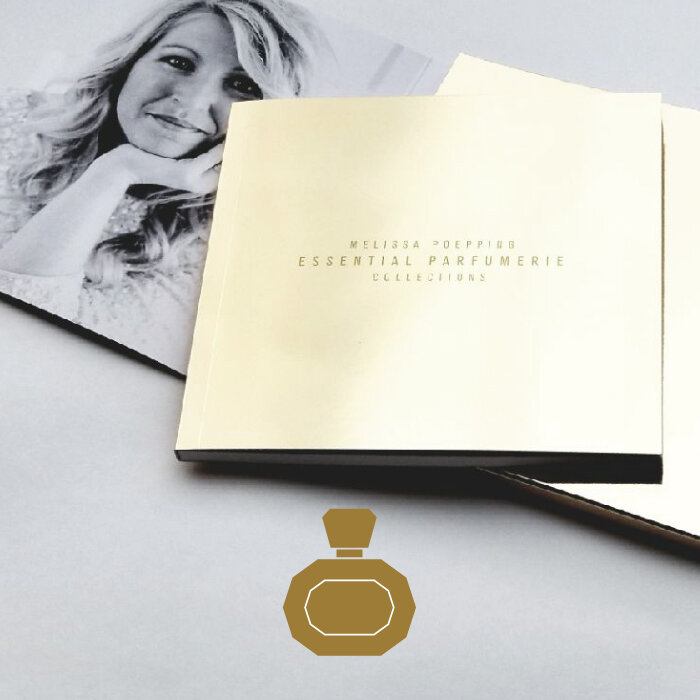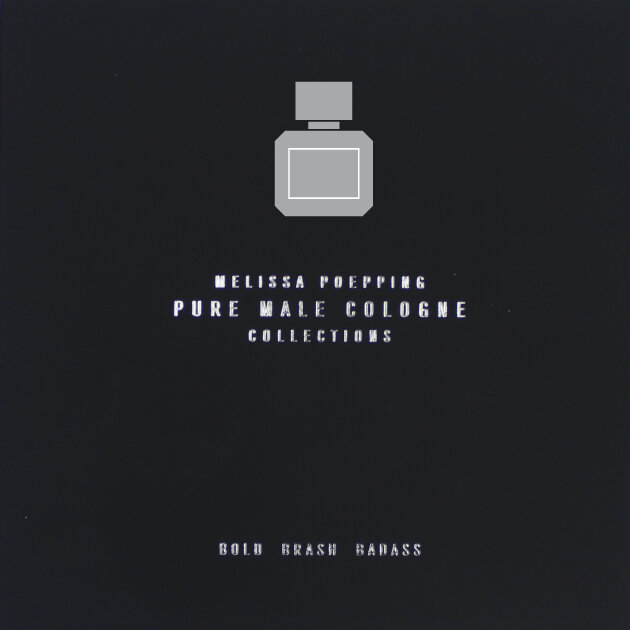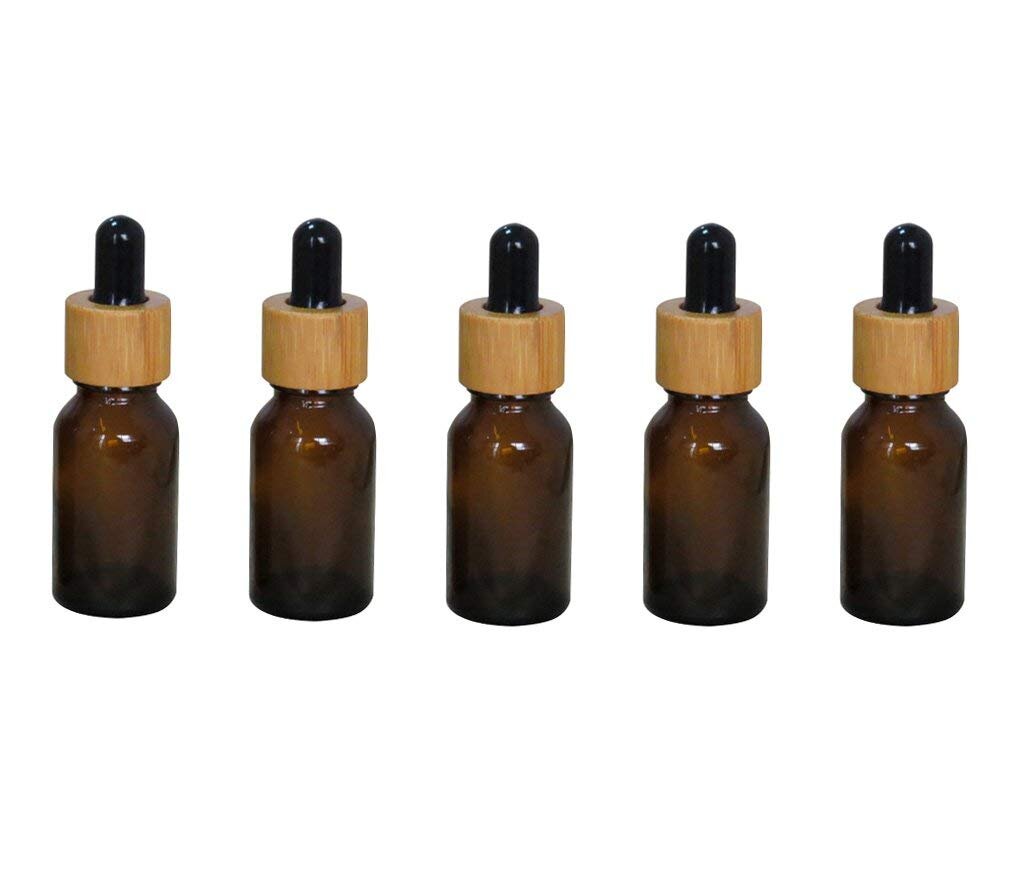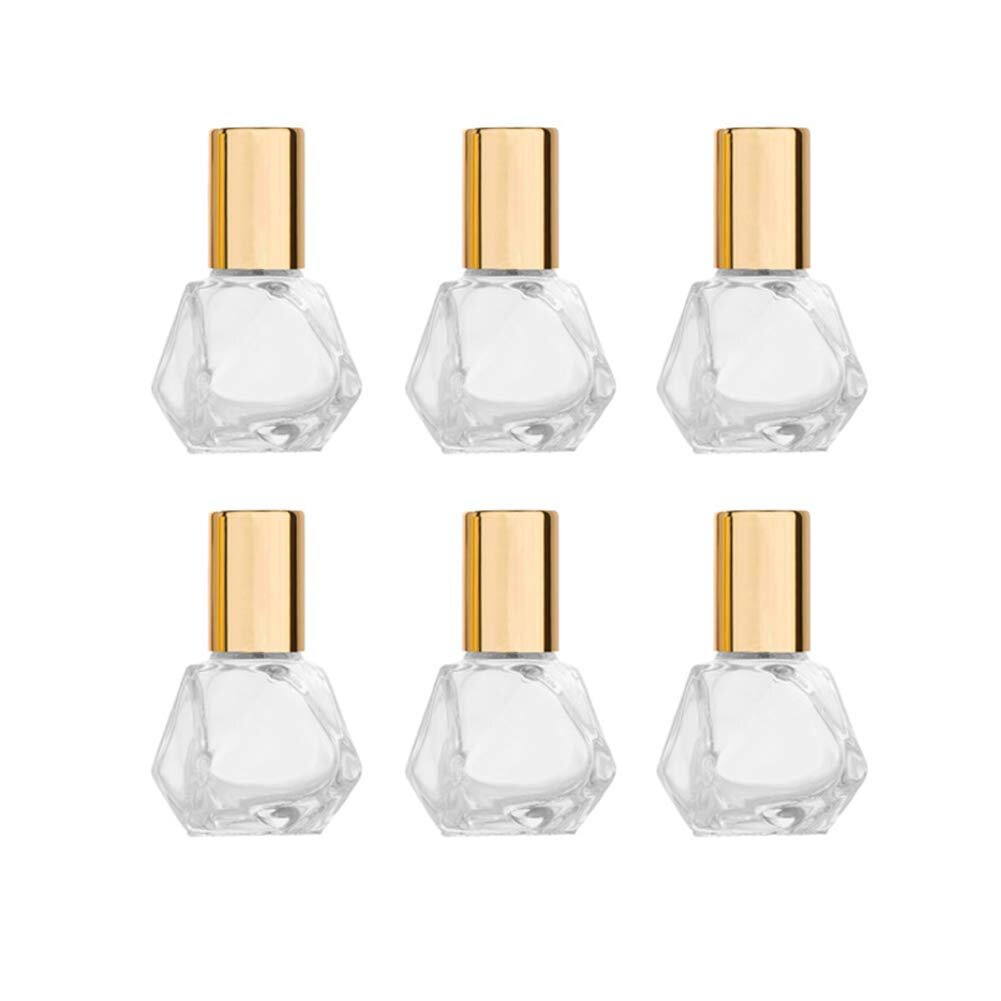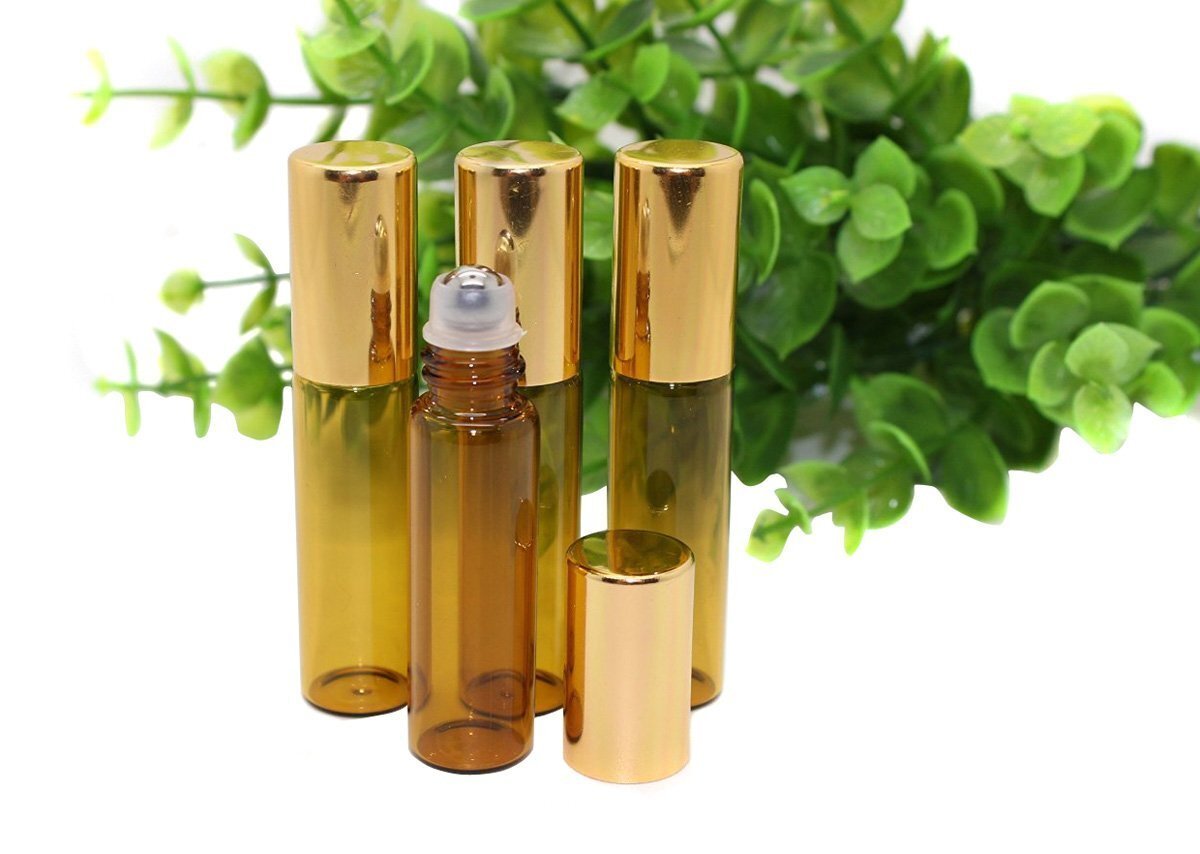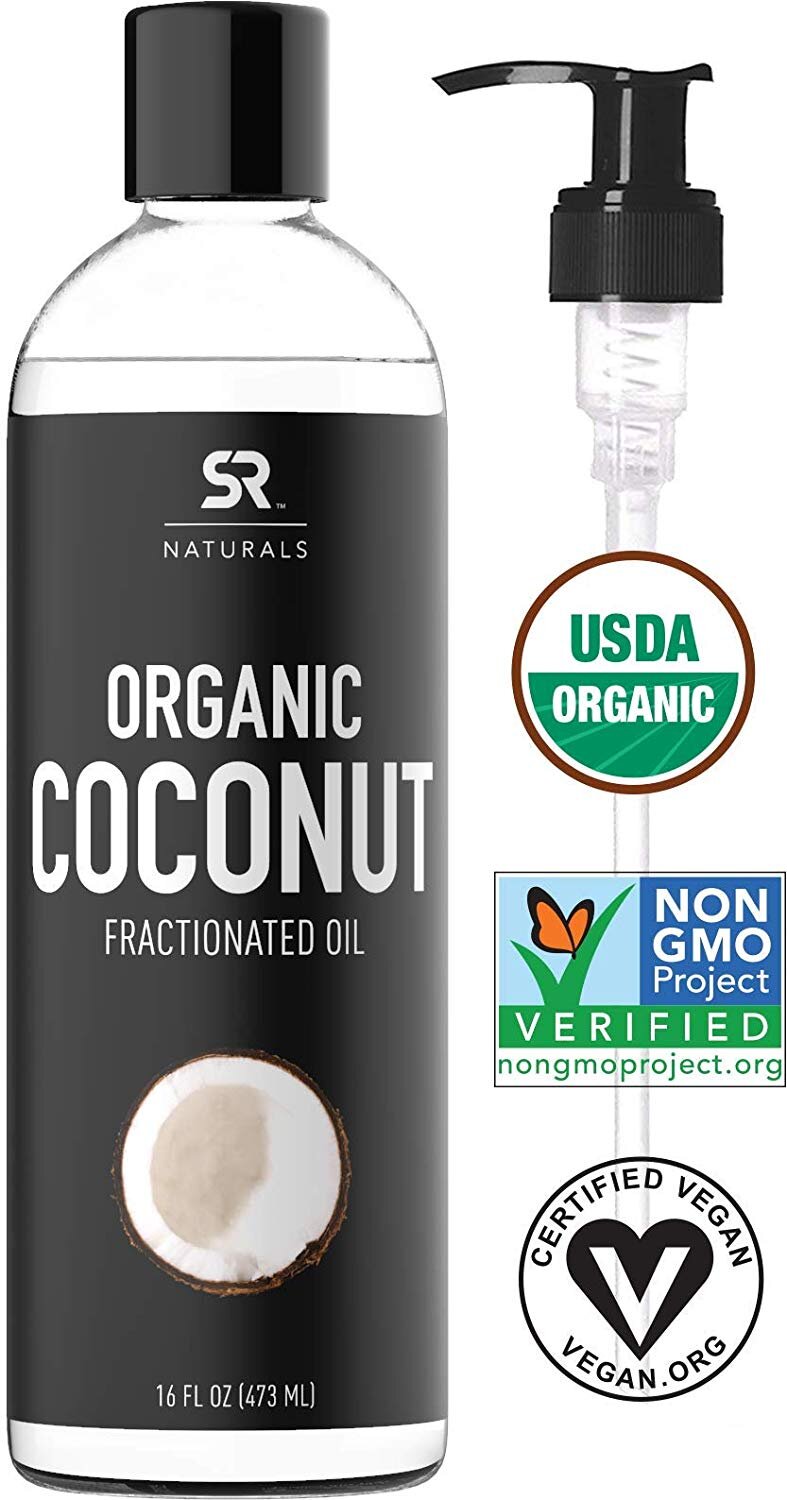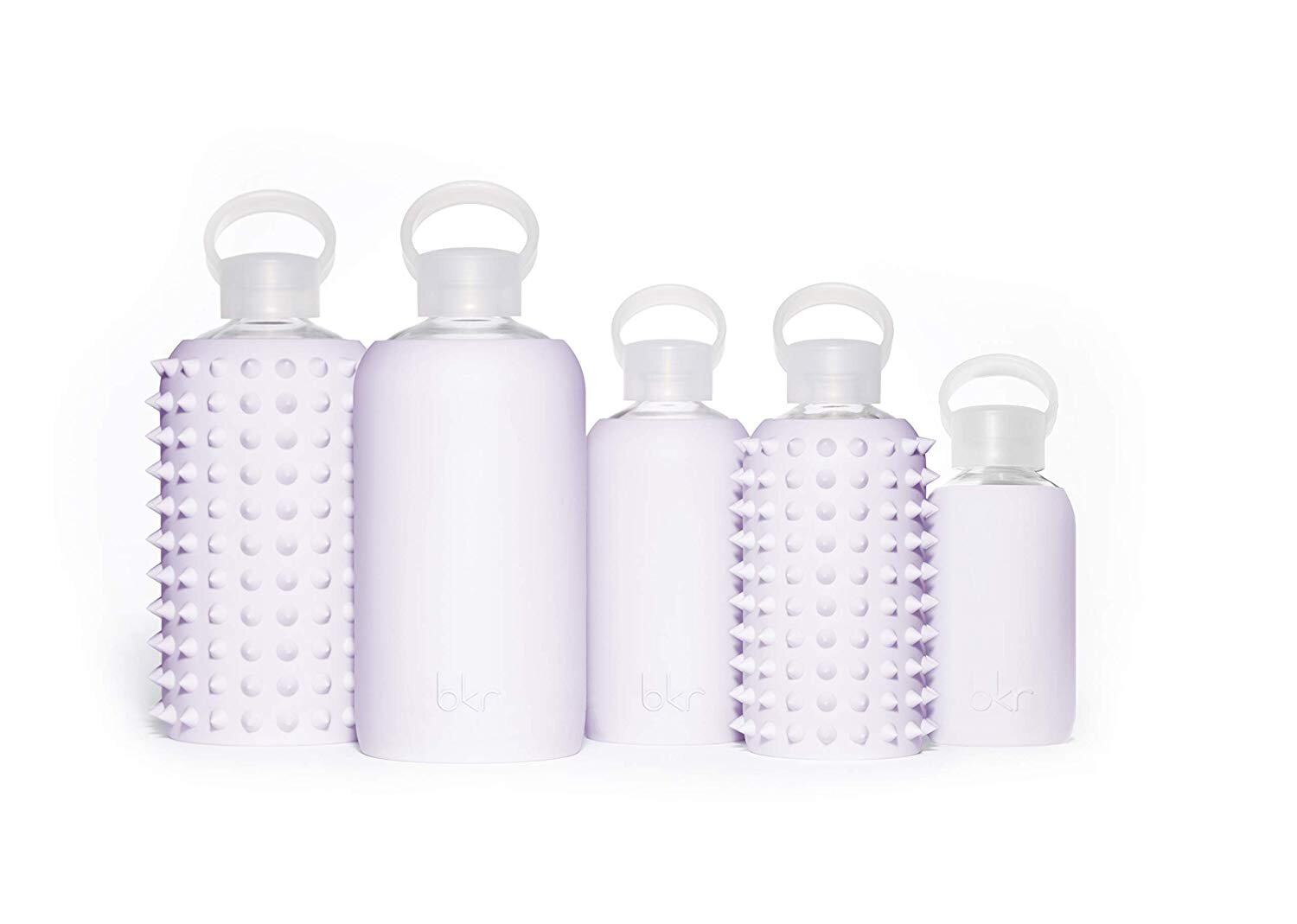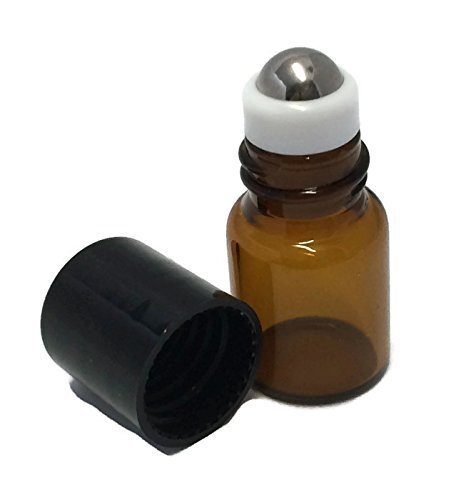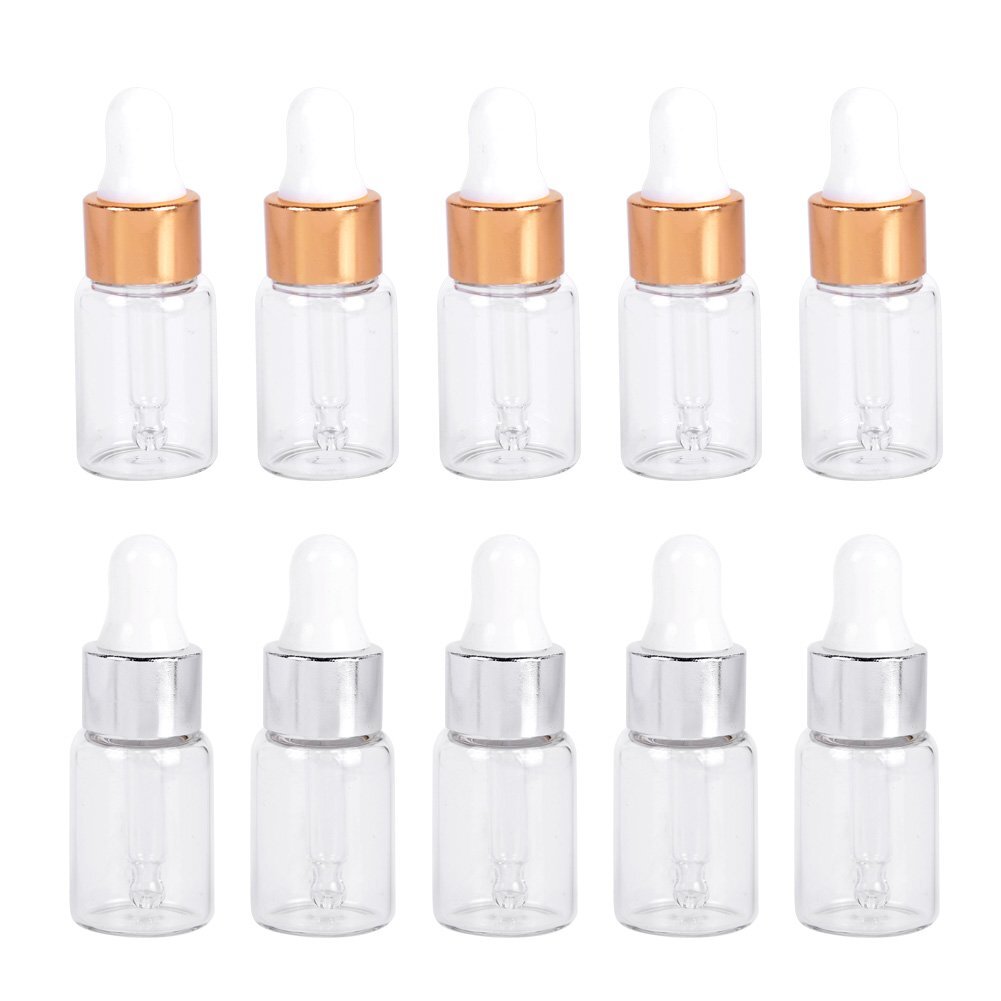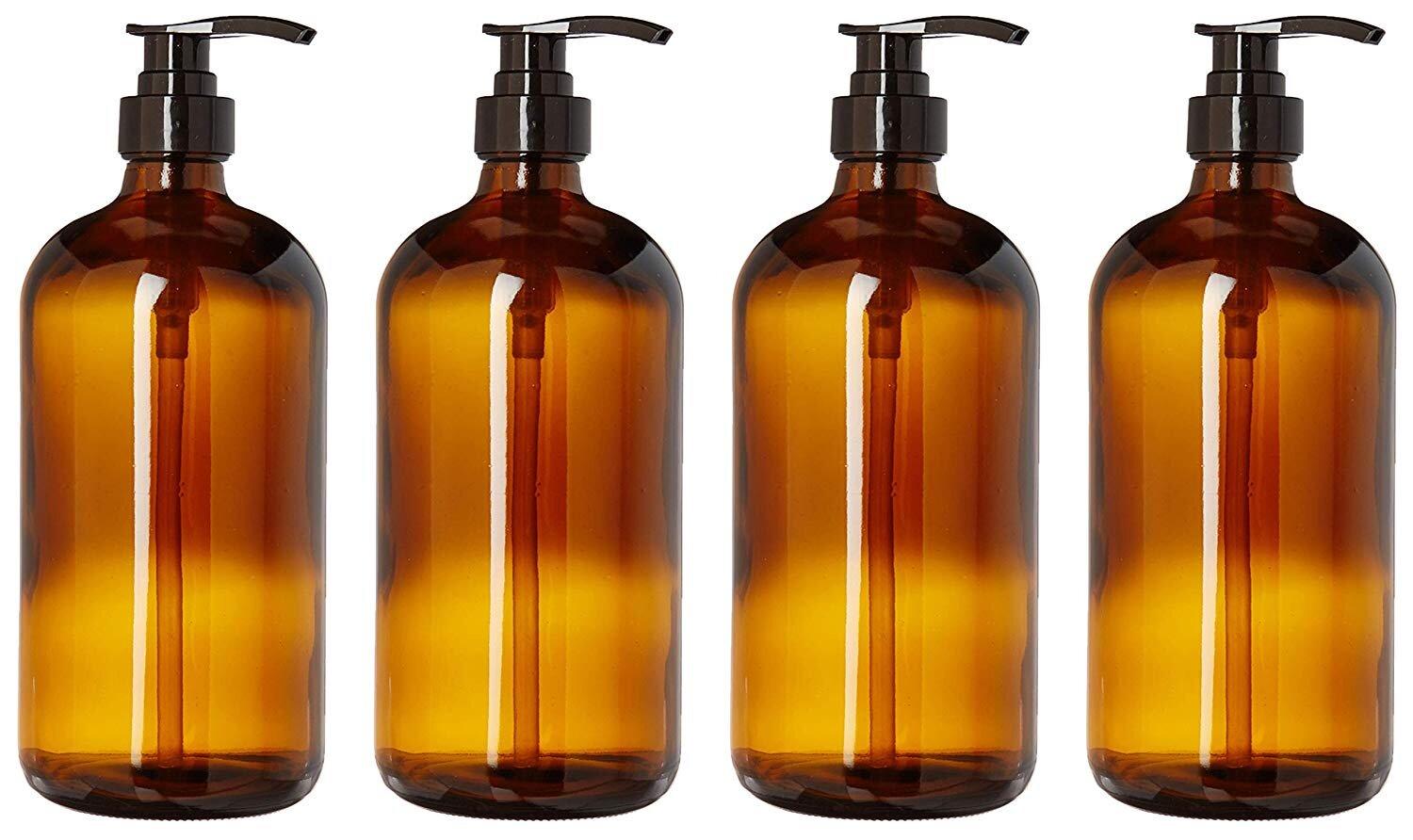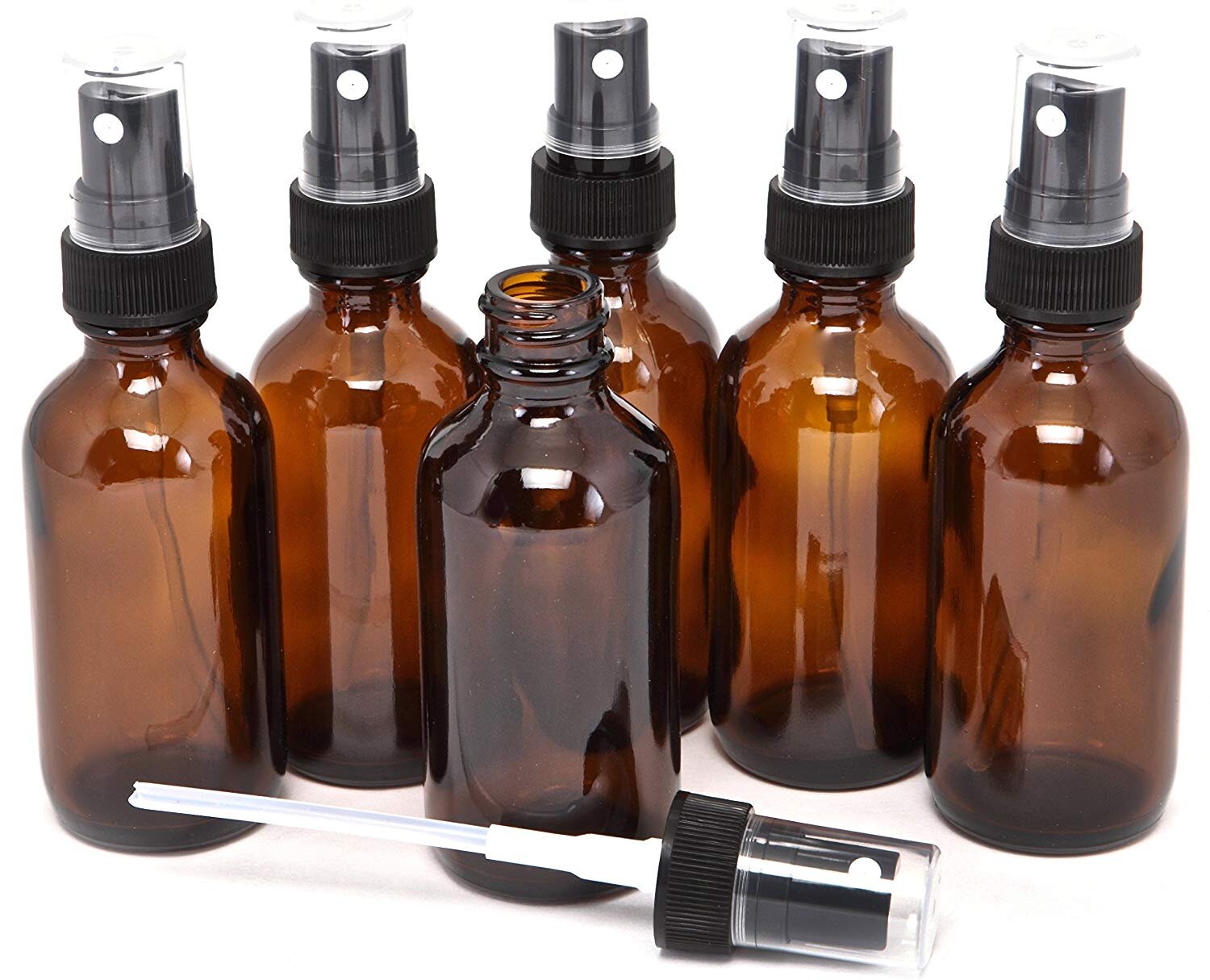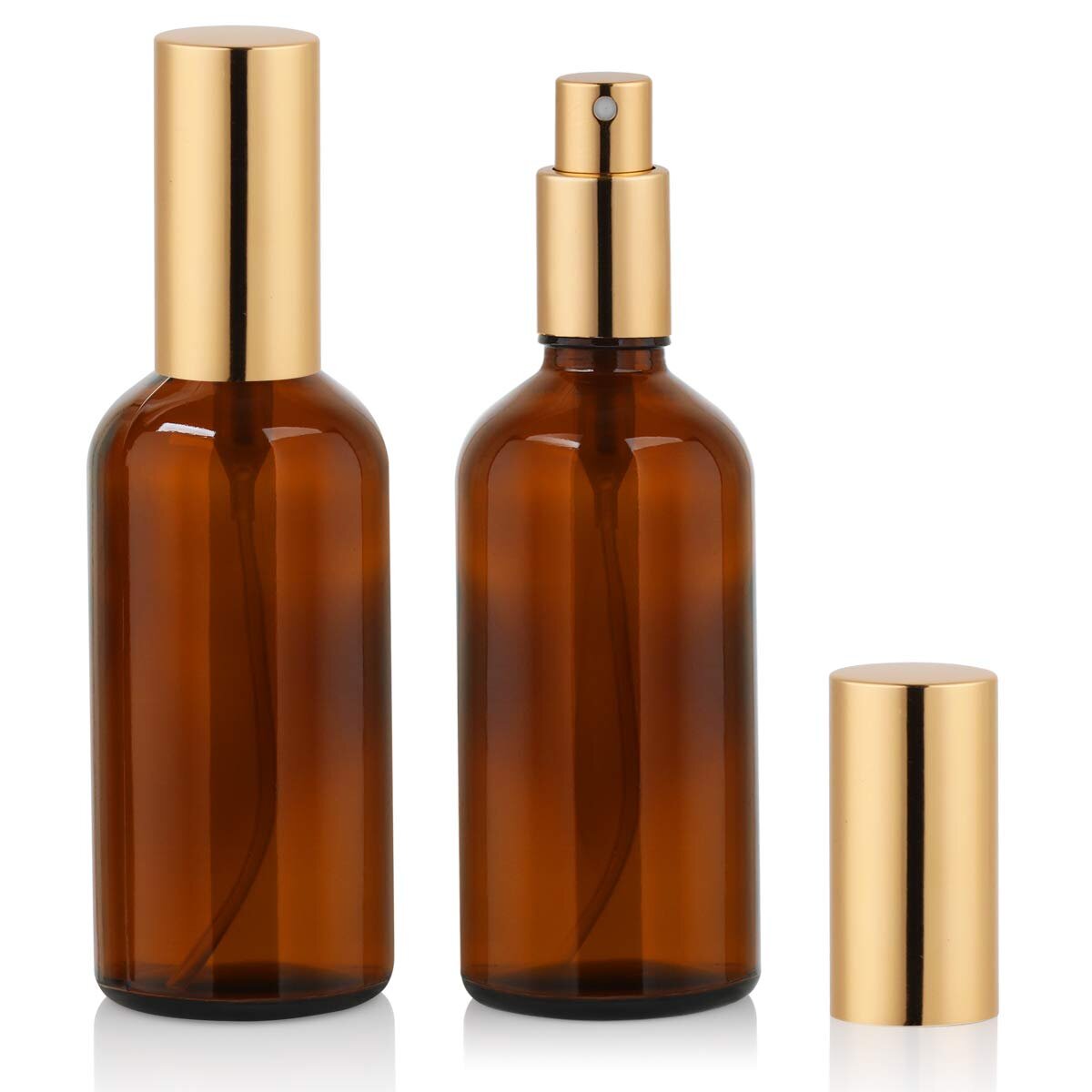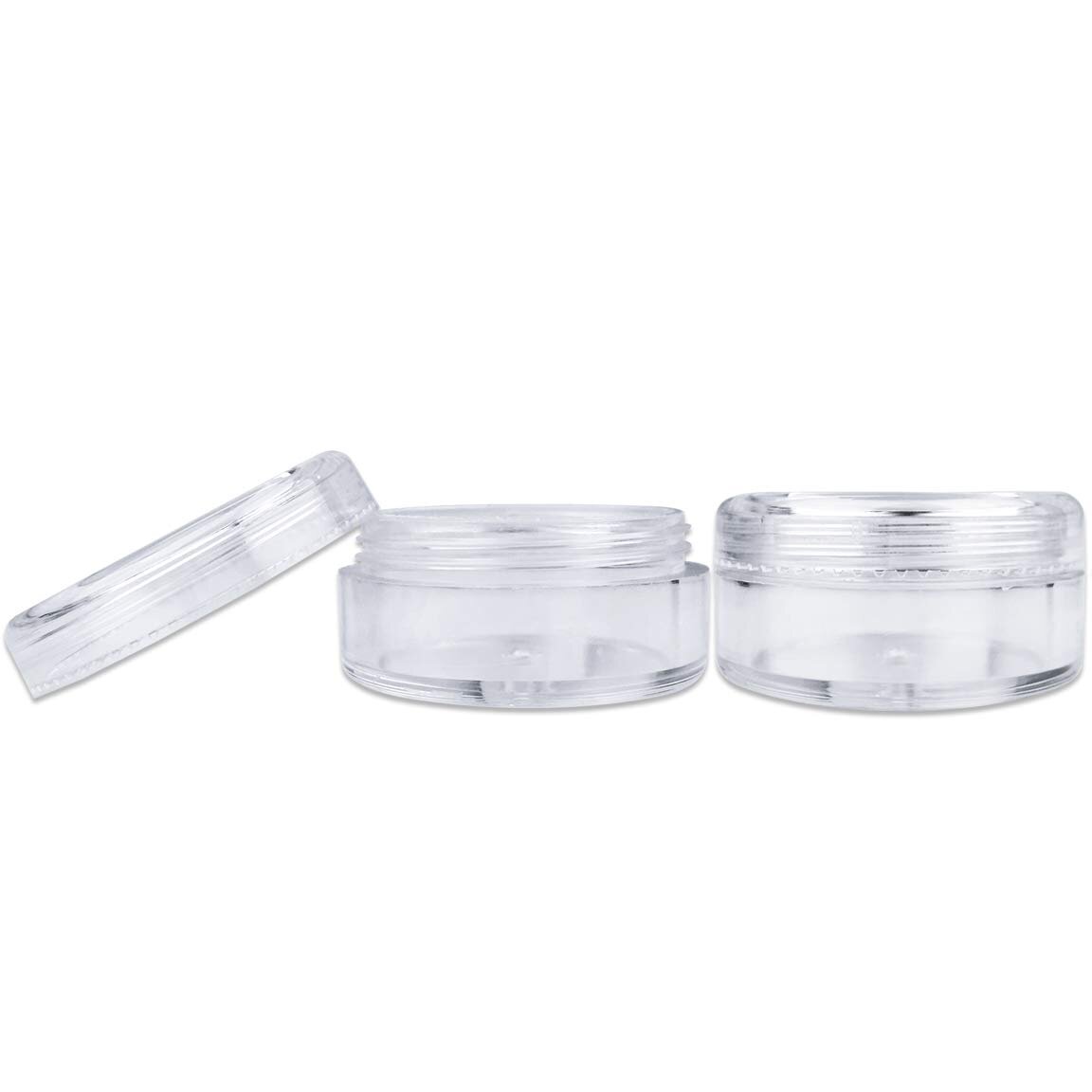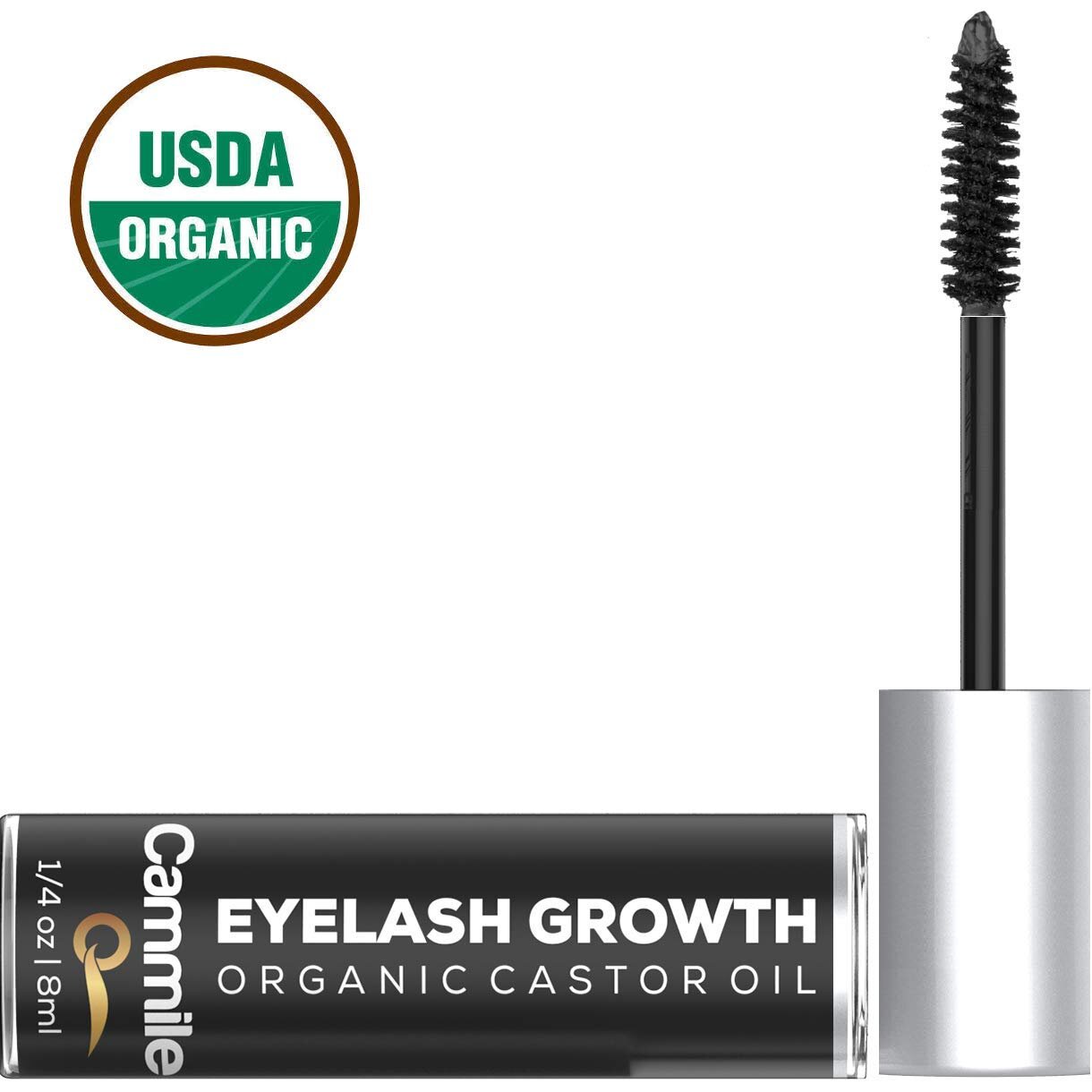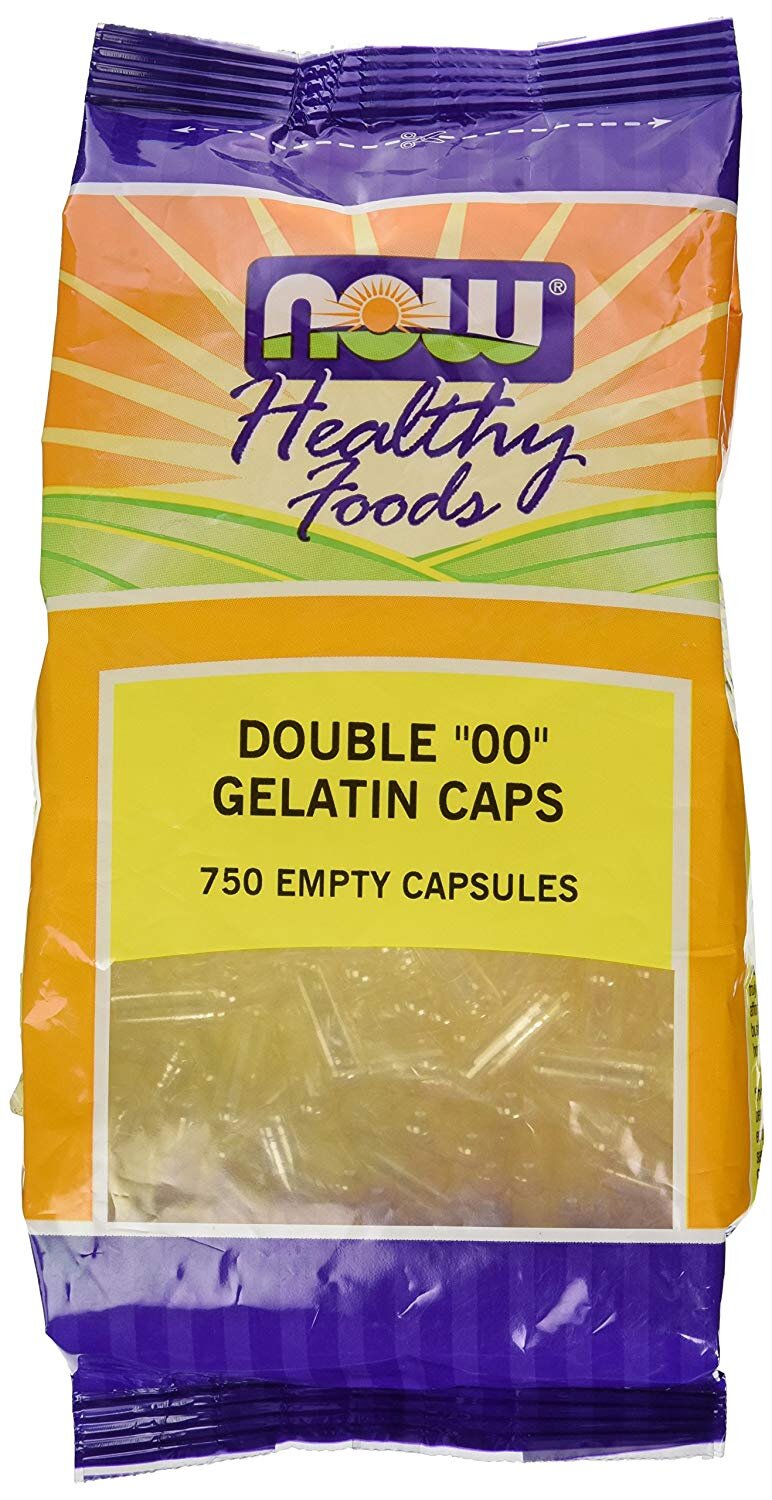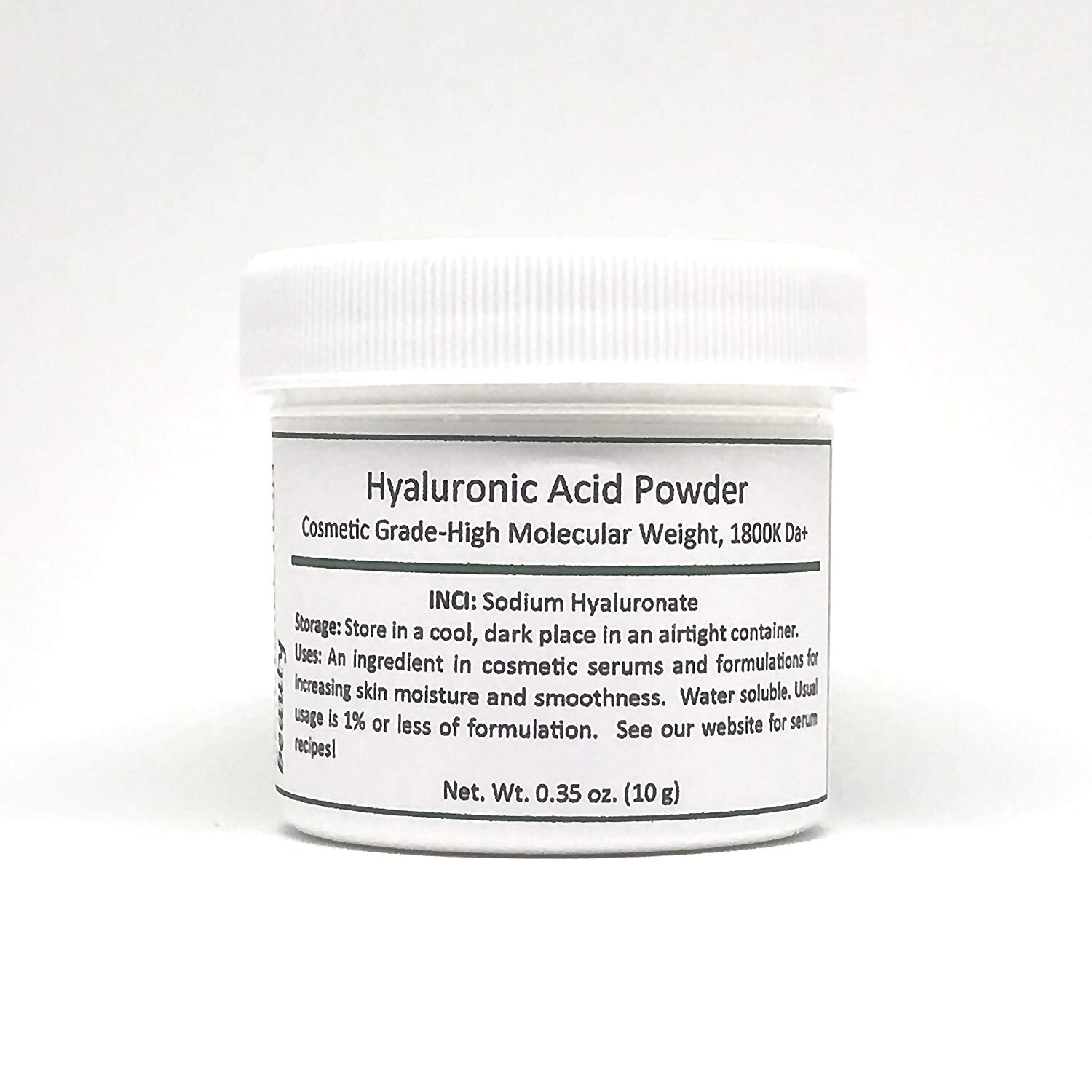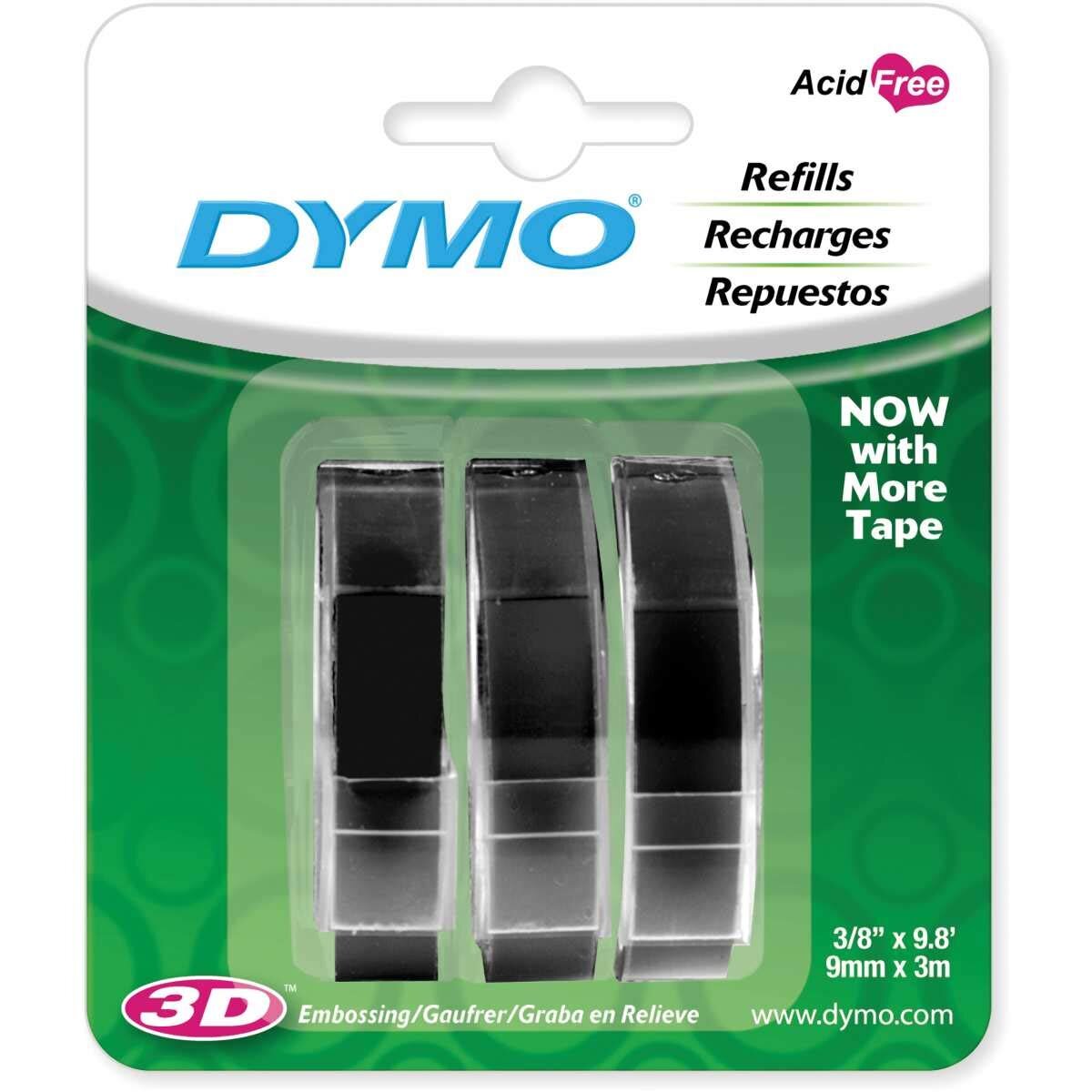Spanish Resources
Want to build in Spanish? Especially in Mexico?
There are lots of Spanish resources available right in your VO. To access these, simply login to your account here: https://www.youngliving.com/vo/
Then, go to the top and change your language to Spanish by clicking the drop down menu and select ES with the American flag. Then, scroll down and on the left hand side go to Recursos para miembros (Member Resources) and search for your market.Here’s the basic info on how the Mexico market works.
Video coming soon!
USA SPANISH PRODUCT GUIDE
MEXICO PRODUCT GUIDE (Coming soon!)
FACEBOOK GROUPS:
Spanish Oil Education Group
Spanish Business Group
Business Group for building in Spanish INSIDE THE USA. (The info will have US promos etc. in spanish)
RESOURCES:
Spanish Resources Google Drive
VIDEOS:
Lula Schiller Videos
INSTAGRAM/FACEBOOK PAGES:
Young Living Mexico Instagram
Young Living Mexico Facebook
Young Living USA Espanol
Resource page in Spanish
BUSINESS TRAINING:
Rise YL
Inspiración Latina YL is a group where you can be inspired by various YL leaders
BOOKS:
MODERN BOOK | En Español
The Modern Handbook in Spanish for the US Market!
¡Este manual de 73 páginas en español para el mercado de los EEUU está repleto de los conceptos básicos de los aceites esenciales! ¿Qué son?, ¿por qué Young Living? y cómo usar algunos de los aceites más queridos. ¡Incluye consejos sobre embarazo, niños, Ningxia Red, la línea Thieves, Loyalty Rewards, colecciones especiales, cómo compartir y más!
THE BOOK | MEXICO
The Book (Da Buk) México Guía de aceites esenciales en español, adaptada para el mercado mexicano. Esta guía de 78 páginas contiene información básica sobre los aceites: qué son, por qué elegir Young Living y cómo usar algunos de los favoritos. Además incluye tips para niños, para el embarazo, NingXia Red, la línea Thieves, Recompensas Esenciales, colecciones especiales, productos en EUA y cómo comprarlos desde México, cómo compartir y mucho, mucho más!
Los Aceites Diarios: Una Guía Para Comenzar Con Los Aceites Esenciales de Young Living
Sarah Harnisch has some great books in Spanish here!
APPS IN SPANISH:
Napurolia: oil usage education
YL SHARE has info in Spanish and on every market too.
GRAPHICS
PHOTOS
KIDS + OILS
Safety
YOU are the parent. It's your decision and yours alone as to what you feel comfortable using on your children. It's so important as parents to take a hard look at what we are using on our children - whether it be the products we use, the medicine we give them, the food they eat, the natural remedies we use, and the list goes on and on.
I am very comfortable using most oils, well-diluted, on Grey - and have been since he was 3 months old. Mila has be oiled from birth. There are so many options regarding what essential oils to use on our littles!
Gentle Babies by Debra Raybern is one of my favorite books!
My opinion?
In a nutshell. Use oils safely.
Don't give a child 30ml of essential oils to drink. Don't do that as an adult . Don't stick essential oils straight up a child's nose.
Use quality oils.
Use common sense.
Don't look to random blogs for answers. Read REAL research based on real science AND using quality essentials oils.
Dilute for kiddos.
If in doubt, don't use it.
Do what YOU are comfortable with.
-Annie
You're likely to come across a blog post, Facebook group, or a photo that a friend shares on FB warning about the dangers of Peppermint, Eucalyptus, or Rosemary for children. Thieves has both Eucalyptus and Rosemary, so it might come up in the warnings as well.
Each parent has to research for themselves and do only what they feel comfortable with. I never would want to convince someone to do something that they do not feel comfortable with, so I always encourage parents to research as much as possible and if they have a concern at all to go with that caution.
But I wanted to share why I feel comfortable using Thieves, Rosemary, Peppermint, and Eucalyptus with my children.
The concern about these specific oils comes, supposedly, from the Essential Oils Safety book by Robert Tisserand. It's the book that all of the British-model trained aromatherapists call their "Essential Oil Bible". The British-model of aromatherapy doesn't care about the growing conditions and quality of the oil, and they recommend a very very high dilution ratio.
Young Living uses the French-model of aromatherapy which places a HIGH emphasis on the quality of the oils and encourages an aggressive approach of essential oil use when needed as long as the quality is the best.
Tisserand's book is a compilation of the toxicology reports from the fragrance industry. The fragrance industry is required to have toxicology reports for each and every chemical that they use to produce the fragrance of essential oils. So there are toxicology reports for literally every single chemical in every oil that's out there.
Keep in mind, in these toxicology reports, these chemicals are either (a) isolated from the rest of the chemicals in the actual essential oil or (b) synthetically produced.
So when the essential oils groups or pages post things warning about eucalyptus, rosemary, and peppermint, they are actually warning about the chemical 1,8 cineole and the chemical menthol.
According to other essential oil experts, those two chemicals WHEN ISOLATED, may cause minor respiratory distress in 1 in 10,000 children.
But even looking at the sections for 1,8 cineole and menthol in Tisserand's book I don't see anything concerning other than the danger of INSTILLING 1,8 cineole or menthol into the nose of infants. So... let's definitely not do that! (Instilling is sticking the oil literally up the nose. This is NOT the same as diffusing)
In the Menthol section it also says "When menthol vapors were inhaled by 44 premature newborn infants, there was either a transient cessation of respiration, or a drop in the respiratory rate." (Transient cessation of respiration = apnea)
No one would ever recommend giving a premature newborn menthol to inhale!
For Peppermint Oil (not just isolated menthol) the only contraindication for infants and children in Tisserand's book is "Do not apply to or near the face of infants or children."
For Eucalyptus Oil (all types including radiata, globulus, and others) AND Rosemary the book says "Do not apply to or near the face of infants or children under ten years of age."
So, just to be safe, I will keep it below the face. In fact, I like keeping Peppermint & Thieves below the belly button or on the back for the most part on my children and I would only use it on the feet of my infants if I really needed to.
All of the fear mongering that goes on in these essential oils groups that are supposedly about safety drives me nuts! If you actually look at the studies and look at the contraindications, even the safety book doesn't say what these groups are trying to make it say.
You are the parent, and you can choose to do what you are most comfortable with. There are always other options should you choose to skip certain oils. I personally love using Myrtle for my kids, and the SniffleEase Kidscents blend is so wonderful!
PREGNANCY + NURSING
// One of my fave books for pregnancy + kids //
Gentle Babies by Debra Raybern is a great source for pregnancy and new moms.
// Here is another by Heather Brock on personal autonomy while pregnant //
// Can I take/use ____ while pregnant? //
While there has never been a confirmed case of harm/spontaneous abortion/death attributed to the use of essential oils in pregnancy (of any brand), this is YOUR pregnancy, and YOUR body. We can’t tell you what is safe and what isn’t. You’ll find lots of research and testimonials here. You’ll need to make the decision to use certain oils yourself.
// Can I take/use ____ while nursing? //
What ingredient gives you concern?
Research at least 3 different resources that are not webmd. Personal autonomy and responsibility always lies with parents. Ask questions.
You’ll see lots of mamas in here who have taken nearly all YL supplements, but you need to read up on the ingredients list and decide yourself.
For some women, peppermint, jasmine, and can decrease supply. For other women, it’s not an issue. It’s your body, so you’ll need to do what you’re comfortable with! ❤
_____________________________________________
// My Personal Faves //
*what I use may not be what you are comfortable using. Make your own decisions 🙂
Here is a whole blog I did on pregnancy and then another on labor, birth postpartum, and newborn life.
Oh my gosh, having oils during this pregnancy has been a DREAM! Remember, this is a guide, and YOU are in charge of your body. Only you. I've listed some amazing resources below, and I'll share what I have been doing during my pregnancy.
Prenatal Vitamins: People always ask me what I use as a prenatal. I take Master Formula, Super B, and drink Ningxia religiously. I also take MultiGreens, Mineral Essence (tastes icky but is CRUCIAL for our bodies. We are missing so many important minerals in our diets. Helps with all over health, and also sleep!!! Which is hard to come by when pregnant;)) I prefer to take what MY body needs, as opposed to a standard "one-size-fits-all" prenatal vitamin. I love being able to customize for my needs. I also continued using Progessence Plus through my first trimester to keep my progesterone levels high. Low progesterone can be a cause for miscarriage so I wanted to give my body all the extra support I could.
Here are some pregnancy tips for nausea and morning sickness and alllllll day sickness from a collective group of mamas:
- Progessence Plus though the 1st trimester
- Inhale Aromaease or Peppermint
- Tangerine inhaled and on wrists (photosensitive - careful with sun exposure)
- 2-3 drops Peppermint Vitality in a capsule
- 1 drop Peppermint Vitality and/or Lemon Vitality in a glass of water
- Ningxia Red
- Tummygize on belly
- Ginger Vitality in water
- PD80/20 - Super B - MegaCal, Essentialzymes
- Alkalime
- Juvaflex on feet
- Drop of lemon on clavicle/breastbone (photosensitive, careful with sun exposure)
- These peach leaves made into tea: http://www.hannasherbshop.com/shop/peach-leaf.html
As always - YOU are in control of your body. We are not doctors, these are remedies lots of miserable and nauseous pregnant women have found helpful. You should always do your own research and decide to do what you're comfortable with.
Ningxia Red | Crazy high in antioxidants, great for energy, and a rush of nutrients for you and your growing baby.
*Avoid peppermint directly on the belly during the third trimester as it can cause the baby to turn.
My heart is a burrrrnin' with love for this new baby! | Lemon, Gentle Baby
- Dilute Gentle baby and rub along your neck
- Dilute Lemon on your breastbone
Stretch Mark Soother | 1/2c. coconut oil mixed with 15 drops Frankincense and 15 drops Lavender
Sleep | Lavender, Peace + Calming II, Frankincense, Stress Away
- Diffuse any combination of the oils above
- Drop of lavender on your wrists and collarbone
- Drop of any of the oils above on the bottoms of your feet
I personally use almost all oils during my pregnancy. I got a Raindrop Massage in my 1st trimester and had the practitioner skip Wintergreen and Basil. It was ammmmazing. I am personally comfortable using Deep Relief - it has a small amount of wintergreen in it, and I am comfortable with that, as well as the CBD muscle rub. In my research, I couldn't find a SINGLE case of essential oils causing an issue with baby. You need to do your own research.
❤ Some moms feel more comfortable sticking to the basics during pregnancy, and that's WONDERFUL too. You are the keeper of your body
TRANSFER BUYING
Did you realized that all the things you are already buying, like toothpaste, laundry soap, hand soap, lotion, cough drops, supplements, granola bars, pancake mix, vitamins, skincare...
Young Living MAKES THOSE!
Except they are way healthier for you, filled with the GOOD stuff, safe ingredients - the ones you can pronounce - all while you could be saving money AND getting other products you want to try for FREE.
We call this transfer buying, because no need to spend MORE money- you are just spending it in a different place- on the things that are way better for you and your family. (So simple and smart!)
Transfer buying is for EVERYONE. It's making the choice to do better, now that ya know better (cause now ya know!)
Of all the health changes to make- this is the MOST IMPORTANT- Kick “fragrance” to the curb
When you see ‘fragrance’ on a personal care product's label, just read it as ‘hidden chemicals.’ Why should you care? This is a major loophole in the FDA's federal law that allows manufacturers to include nearly ANY ingredient (even toxic ones) in their products under the name ‘fragrance’ without ACTUALLY LISTING the chemical. ‹‹‹— just keep re-reading that until it sinks in. THAT IS RIDICULOUS.
Scary fact:
Many ingredients in "Fragrances" are KNOWN carcinogens as well as endocrine and reproductive disrupters (decreased sperm counts, birth defects, hormone disruption) and these 'fragrances' may also contribute to kidney and liver damage. Oh, and are you or your child an asthma sufferer? You just might wanna google the link between asthma and synthetic fragrance.
We all just want the best for our families, and this kind of deception makes me so sad for the millions of men and women who think they are buying safe "clean" products and emptying their pockets to do so! Let's ditch and switch them now- and opt for a safe, clean, plant based product that shows up at your door monthly.
What’s next on your “get out of my house” list?
BOOKS + SUPPLIES LIST
BOOKS + SUPPLIES LIST
Welcome!
Here is a guide to our favorite books on essential oils - you’'ll find recipes, DIY, protocols, safety, pregnancy, children, science, chemistry, hormones, and so much more!
You’ll also find a guide to our favorite oil accessories! Rollers, dropper bottles, DIY containers, and ingredients.
Use the shop link below to see everything, or click on each individual photo for a direct link. Check back often, as it’s updated frequently!
BOOKS
Before you get ANY other book - make sure you order a Field or Home reference guide here!
SUPPLIES
HANDBOOKS
YOUR BUNDLE IS HERE!
YAY! Your Premium Starter Bundle has arrived! Let’s walk through it together. <3
YOUR YL REFERRAL LINK
If you want to know how to refer friends :
1)simply use your plants in a bottle and smell like a hippie angel
2)set your oils out where you’ll see them and remember to use these wonderful tools in your toolbox
3)people will ask you why you smell like an angel teardrops or “what are all these colorful snake oils?”
4) you tell them how they’ve helped you
5) refer them and get a sweet comission! GUACAMOLE FOR DAYS. Grab your link under your YL account > Share YL
6) no you don’t need to give your first born , a hair sample, or your favorite denim to refer these helpful tools in your toolbox. No stress! just share. And if a friend signs up, let your enroller know so they can help you add them to the Modern + Co FB group!
Holllaaaaaaaa!!!!!
DOES YL POST TEST RESULTS?
Sure! Here you go!
ARE YL OILS ORGANIC?
Are Young Living oils organic?
Our oils go beyond organic in their growing and seed sourcing processes. Always have--even before there was an organic certification process through the FDA, our farms have followed organic practices. However, we use some non-conventional pest control and soil management practices that involve our own oils as pest control, etc.--some of which are not "approved" as organic pest control options in the FDA Organic standards. They are absolutely safe and effective, but would not allow us to apply for organic certification--that certification binds us to ONLY the pest control means that the FDA deems acceptable for organic crops. We don't fit their mold very well. Therefore even though we use beyond organic practices, we cannot and will not apply for organic certification. It limits us to not even being able to use our own oils as natural pest and weed control agents even if they work and are safe.
The USDA works with non GMO and Organic, as it's a production issue. And the USDA works hand in hand with the FDA, but the "production" phase falls largely under the USDA governance. The FDA works more-so with the processing, marketing and distribution phase. Those steps have more to do with the end product and how it's used, as stated above. USDA certified organic is first of all, a cheap label because, as we said above, it has nothing to do with processing or addition of other ingredients which can make a product totally unhealthy. Non GMO is pretty legitimate in many cases and is regulated by the USDA, but BOTH of these require subjecting a LOT of your fields and facilities to constant FDA scrutiny and testing, which I'm sure YL doesn't want to deal with that on their farms all over the world, not to mention the insanely expensive cost involved. They don't need it (clearly, as seen with the growth of the company). Plus the opportunity to see the farms in action and earn the trust and confidence of the consumer is WAY MORE believable than a USDA label. It adds a LOT of integrity to a company that doesn't just hide behind an empty label.
------
*** There are now 20 tests that’s YL does ❤️
This website has since been taken down, but I saved one of my favorite articles that was written by the owner of the site all about this. I wanted to share this here... this is long, but SO GOOD!
Why I Think This is the Best Essential Oil Company:
From a Humble Chemist
There are some posts out there on the web about essential oil companies that are tripping people up. I'd like to share my perspective.
I come at essential oils from a technical background. I have a bachelor's degree in Chemistry and a master's degree in Materials and Metallurgical Engineering. For three years, I worked for the government in microelectronics research and development at a National Laboratory and for another three years, I worked for a government contractor that maintains our nation’s stockpile. So, needless to say, I haven't been versed in the nuances of essential oil chemistry, but I follow it easily. I am familiar with the equipment used and some of the science behind discovering the most therapeutic oils.
My search for the best essential oil started November 2012. I was making homemade chapstick and lotion for my friends and family. I read the label on a bottle of store-bought lavender, before I added it to the mixture, and it said EXTERNAL USE ONLY. That’s when I froze. EXTERNAL USE? The skin is the largest organ. You can’t put ANYTHING on your skin and expect it to stay external. If you put it on your skin, it gets absorbed. Your liver has to process what ever oil, water, or toxins you just introduced. The whole point of making beauty products in my kitchen was to make them safe enough to eat.
My two criteria when looking at essential oils were 1) is there enough proof that ingestion is safe and 2) will it contribute to physical and mental well being?
I'm going to dig deep into a company here that has not received enough credit on the web. Other essential oil companies may do parts of what this company does, but NO other company does everything.
This company owns and operates NINE GLOBAL FARMS and distilleries all over the world. Growing healthy plants starts with the soil, chemistry, and nutritional needs of the plants. If a company doesn’t understand that, they will produce a subpar plant and thus, a subpar essential oil. Geographic location, soil type, climate, elevation, humidity, temperature, sunlight, frost-free days, rainfall, and many other elements determine the health and growth of plants. In other words, what you should take from this is that even before you plant the seed, you must evaluate a location and it’s soil.
Seed evaluation is key too. What seed species produce the most therapeutic oil? Remember, I don’t want just any oil. I want one that will not only be safe to ingest but contribute to health. What is the origin of the seed? Did it come from commercially grown plants that were babied and kept in a controlled environment or did it come from a seed produced by a plant that experienced the harshness of nature? A plant that thrived in the elements has a strong immune system whose qualities are passed on to the oil molecules (1). This company nourishes the soil and uses seeds from plants that have been grown outside.
Composting is a key element to organic farming. It is practiced on this company’s farms. It’s nice to know that the plants that supply my oils are treated with the same love and respect that I treat my homegrown food. They utilize millions of California red worms that provide liquid fertilizer and castings for the soil. Now that’s good nutrition!
What I find totally amazing is that this company uses essential oils for weed control. All fields are sprayed with natural herbicide made with essential oils, neem, and castile. Let’s face it folks! That’s BEYOND organic!
There are weather stations in the middle of the growing fields that monitor weather patterns, UV hours per day, temperatures, humidity, barometric pressure, rainfall, daylight hours, and sun exposure hours per day (1). This data is verified with tests to determine daily the best harvest time and maximum growing conditions. Can you believe that? They have day by day sampling of best harvest time. Yes. They take their mission THAT seriously!
To determine the perfect time for harvesting the crops they:
1) test the sugars (Brix), the oil levels, the compound (constituent) percentages in the plants (As a chemist, this part gives me warm fuzzies.)
2) watch the behavior of the plants to determine their needs in order to produce the best oil
3) sample DURING distillation (sometimes every 30 minutes) to determine the correct distillation time (Again, warm fuzzies.)
4) test dried plants (sometimes every 2 hours) to determine when they have the highest level of oil for distillation (Again, warm fuzzies)
The rigor that is built into this process is impressive. Some plants are distilled immediately after harvest, some are shade dried for 48 hrs, others for 62 hrs, some are cut at mid-bloom, others are cut before going to seed, some trees need to mature for 125 days, others for 5 years (1). Lavender is harvested at 3am. Melissa herb has to be talked to gently and cannot touch the ground. It has to be walked across the road to the distillery 20 feet away or she will not produce certain therapeutic constituents. The workers are banned from cursing around her. Each plant gets its own special treatment, because the therapeutic oil qualities present themselves at a very specific time in the life cycle.
This company is one of the last in the world to use horses to harvest trees. The horses drag the felled trees out of the forest which prevents contamination of the trees and the farm.
For plants that require distillation immediately, it is of utmost importance to be able to distill on the farm. This company has that capability. Loading the extraction chambers correctly with plant material is critical to extraction of all therapeutic compounds. Knowledge of the correct temperatures for the extraction chamber, condenser, and separator for each unique plant are critical to producing a therapeutic product. Water temperature in the condenser, flow rate of the steam, and liquid/gas volumes must be monitored closely, so that the oil is not lost or damaged (1). If the distillation chamber gets too hot or the oil coming off isn’t cooled properly, it can fry the therapeutic constituents. It takes 5 years to train as distiller with this company. The distiller goes by sight, touch, and sound of the distillation process to ensure a quality product. It is not only a science, but an art form. The distillation chambers are cleaned with peppermint oil and are made of stainless steel.
Are you catching on here? I know this is a lot to digest. I’ve probably made my point already, but lets get into the analysis and research part of what this company does.
Adulteration, dilution, and mislabeling are a concern when trying to produce therapeutic grade essential oils. Peppermint is the most commonly adulterated oil. It is usually adulterated with cornmint, which even at 85%, it is difficult to detect (1). Through testing is the ONLY safety net to avoid adulteration.
This company uses 7 tests to verify the purity of their oils (1). Hold on to your hats! Gas Chromatography coupled with Mass Spectrometry (GC/MS) provides separation of marker compounds and molecular weight information which aids in component identification. The GC/MS columns that this company uses are custom and TWICE as long as the columns used by other analytical labs. Why is that important? Because not all therapeutic compounds travel the column in a short period of time. Other essential oil companies use GC/MS, but identifying adulteration is not as simple as squirting the oil into any machine and getting accurate information. GC/MS is not sufficient, within itself, to identify adulteration. On top of GS/MS, this company performs optical rotation, refractive index, fourier transform infrared spectroscopy, specific gravity, viscosity, and microbiology testing. They have a full time in-house laboratory staff for performing all these tests. All incoming oils must pass testing in this lab. If a particular oil fails to meet this company’s standard, the oil is rejected. They also send samples out for third party testing. These standards have been developed over the course of 24 years.
In addition to having their own farms, this company has WORLDWIDE partners that must pass very specific requirements to produce oils that this company will accept. All partner operations are monitored and audited. Oils from these partners and oils from this company’s own farms are held to the same stringent requirements. It is a simple as that! If an oil passes testing, it then gets bottled and shipped off to the happy customers. If a lot is rejected, it is not used.












